The 90-degree squat is a popular squat variation where the lifter lowers their hips until their thighs are parallel to the floor, forming a 90-degree angle at the knee joint. This movement is widely used in strength training, rehabilitation, and general fitness programs. However, a common debate exists in the fitness community regarding 90-degree squats vs full squats—which one is better for strength, mobility, and injury prevention?
This article will provide an in-depth look at the squat to 90 degrees, its benefits, proper form, and how it compares to deeper squats. We'll also answer common questions such as "Should you squat past 90 degrees?" and "Can you squat too deep?"
What is a 90 Degree Squat?
A 90-degree angle squat is performed by lowering the body until the thighs are parallel to the floor, ensuring the knees form a 90-degree bend. Unlike a full squat, where the hips drop below knee level, this variation stops at parallel.
Key Features of a Squat to 90 Degrees:
- The knees form a right angle (90 degrees).
- The thighs remain parallel to the ground.
- The hips do not descend below knee level.
- The movement focuses on engaging the quadriceps, glutes, and hamstrings.
90 Degree Squat vs Full Squat: Which is Better?
The debate between the deep squat vs 90 degree squat has divided athletes, bodybuilders, and fitness enthusiasts for years. Both have their advantages and disadvantages depending on individual goals, mobility, and strength levels.
| Feature | 90-Degree Squat | Full Squat |
|---|---|---|
| Range of Motion | Stops at parallel (90°) | Below parallel (greater knee flexion) |
| Muscle Activation | Emphasizes quadriceps | More glute and hamstring activation |
| Joint Stress | Less knee and hip strain | Increased knee and hip mobility |
| Strength Development | Good for controlled power and strength | Better for full range of strength gains |
| Injury Risk | Lower risk for beginners | Higher risk if form is incorrect |
Should You Squat Past 90 Degrees?
- Yes, if you have good mobility and strength. A deep squat improves flexibility and full-leg engagement.
- No, if you have knee pain or limited mobility. A 90-degree squat can be safer for those with joint issues.
Benefits of a 90 Degree Squat
1. Reduced Knee and Hip Strain
A squat to 90 degrees places less stress on the knee joint compared to a deep squat, making it a safer option for individuals with knee problems.
2. Increased Quadriceps Activation
Research suggests that stopping at 90 degrees keeps the quadriceps under constant tension, improving muscular endurance and strength.
3. Safer for Beginners
For those new to weightlifting, a 90-degree angle squat is easier to learn, reducing the risk of poor form and injury.
4. Ideal for Strength Training
Many powerlifters and athletes use 90 squats to build explosive power without unnecessary strain on the joints.
5. More Control and Stability
The reduced range of motion makes it easier to control the movement, which is beneficial for maintaining balance and stability.
How to Perform a Proper 90 Degree Squat
Step-by-Step Instructions:
- Starting Position: Stand with feet shoulder-width apart, toes slightly pointed outward.
- Engage Core: Tighten your core and keep your chest upright.
- Lower Down: Push your hips back and bend your knees until your thighs are parallel to the ground, forming a 90-degree angle.
- Pause at the Bottom: Hold for a second to maintain control.
- Drive Up: Push through your heels to return to the starting position.
Common Mistakes to Avoid:
- Not reaching 90 degrees – Partial squats reduce effectiveness.
- Leaning forward excessively – Maintain a strong posture.
- Knees caving in – Keep knees aligned with toes.
- Not engaging core – A weak core leads to instability.
Squatting Past 90 Degrees: Is It Safe?
Can You Squat Too Deep?
Some people worry that squatting past 90 degrees is bad for the knees. However, research shows that deep squats do not inherently cause knee damage if performed with proper form.
Who Should Avoid Deep Squats?
- Those with knee injuries or pain.
- Individuals with limited hip mobility.
- Beginners who have not mastered proper squat mechanics.
When is a Deep Squat Beneficial?
- For athletes needing maximum mobility and flexibility.
- Those training for Olympic weightlifting.
- Lifters aiming for full lower-body development.
90 Squats Challenge: Can You Do It?
A common fitness challenge involves performing 90 squats per day to improve strength and endurance. This can be a great way to increase leg endurance, but proper recovery is crucial.
Tips for Success:
- Perform the squats with proper form to prevent injuries.
- Start with smaller sets and build up.
- Combine bodyweight and weighted squats for variety.
Frequently Asked Questions (FAQs)
1. Is squatting past 90 degrees bad for your knees?
Not necessarily. If done with proper form, deep squats do not harm the knees. However, those with previous knee injuries may benefit from 90-degree squats instead.
2. Should you squat past 90 degrees?
It depends on your mobility, flexibility, and fitness goals. Deep squats engage more muscles but also require better form and mobility.
3. Can you squat too deep?
Yes, if you lack the mobility, strength, or control, squatting too deep can increase injury risk. Listen to your body and gradually improve depth.
4. Do 90-degree squats build muscle?
Yes! A squat to 90 degrees effectively strengthens the quadriceps, hamstrings, and glutes, especially when performed with weights.
5. Are 90-degree squats better than full squats?
For joint health and controlled strength, yes. But for maximal muscle growth and flexibility, full squats are superior.
6. How many 90 squats should I do per day?
It depends on your fitness level. Beginners can start with 3 sets of 10 reps, while advanced lifters can increase volume or add weights.
Conclusion
The 90-degree squat is a fantastic exercise for building strength, improving knee safety, and maintaining controlled movement. While some prefer the deep squat vs 90 degree squat, both have unique advantages depending on goals, mobility, and injury history.
So, should you squat past 90 degrees? The answer depends on your body’s capabilities and needs. Whichever squat variation you choose, focus on proper form, progressive overload, and injury prevention for the best results!

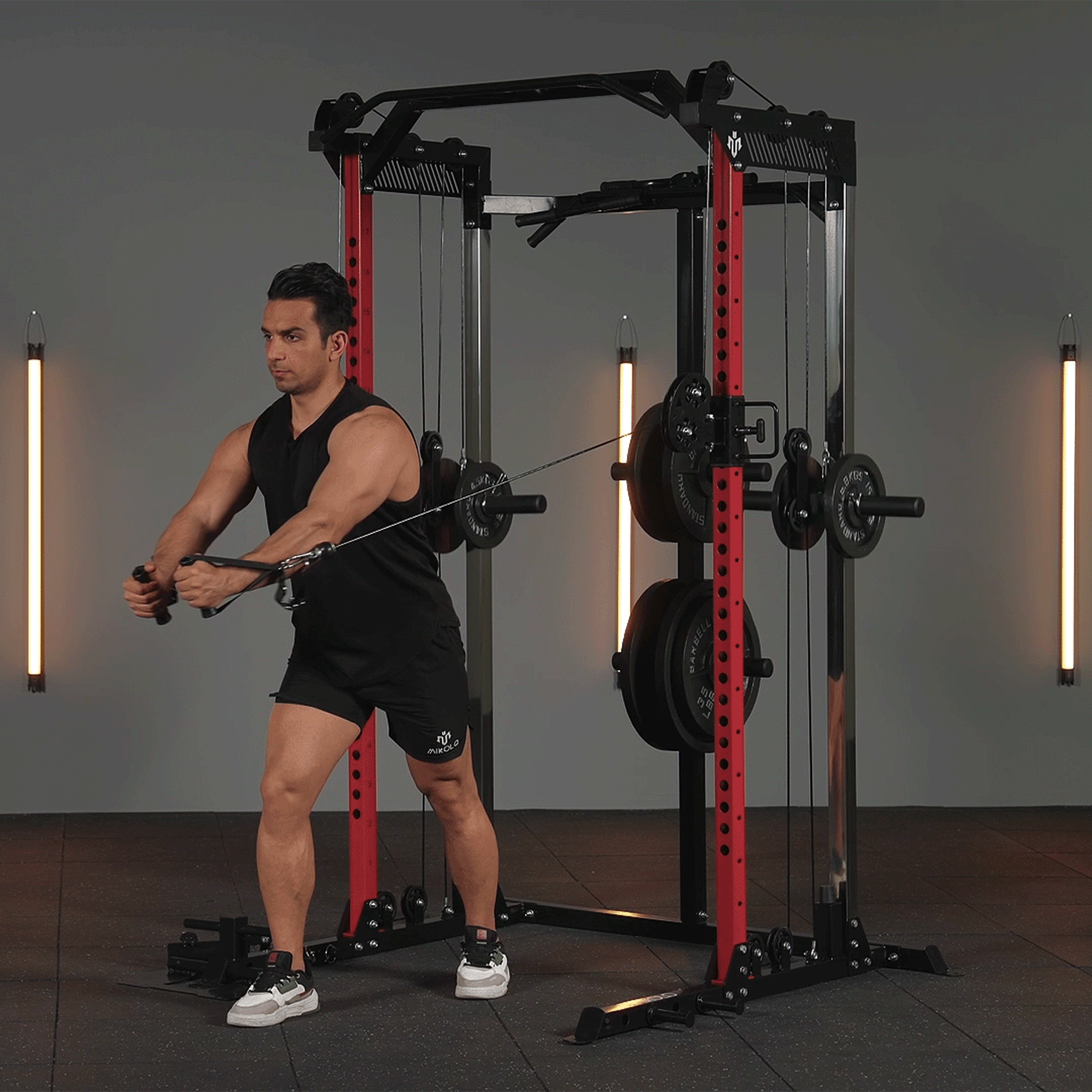
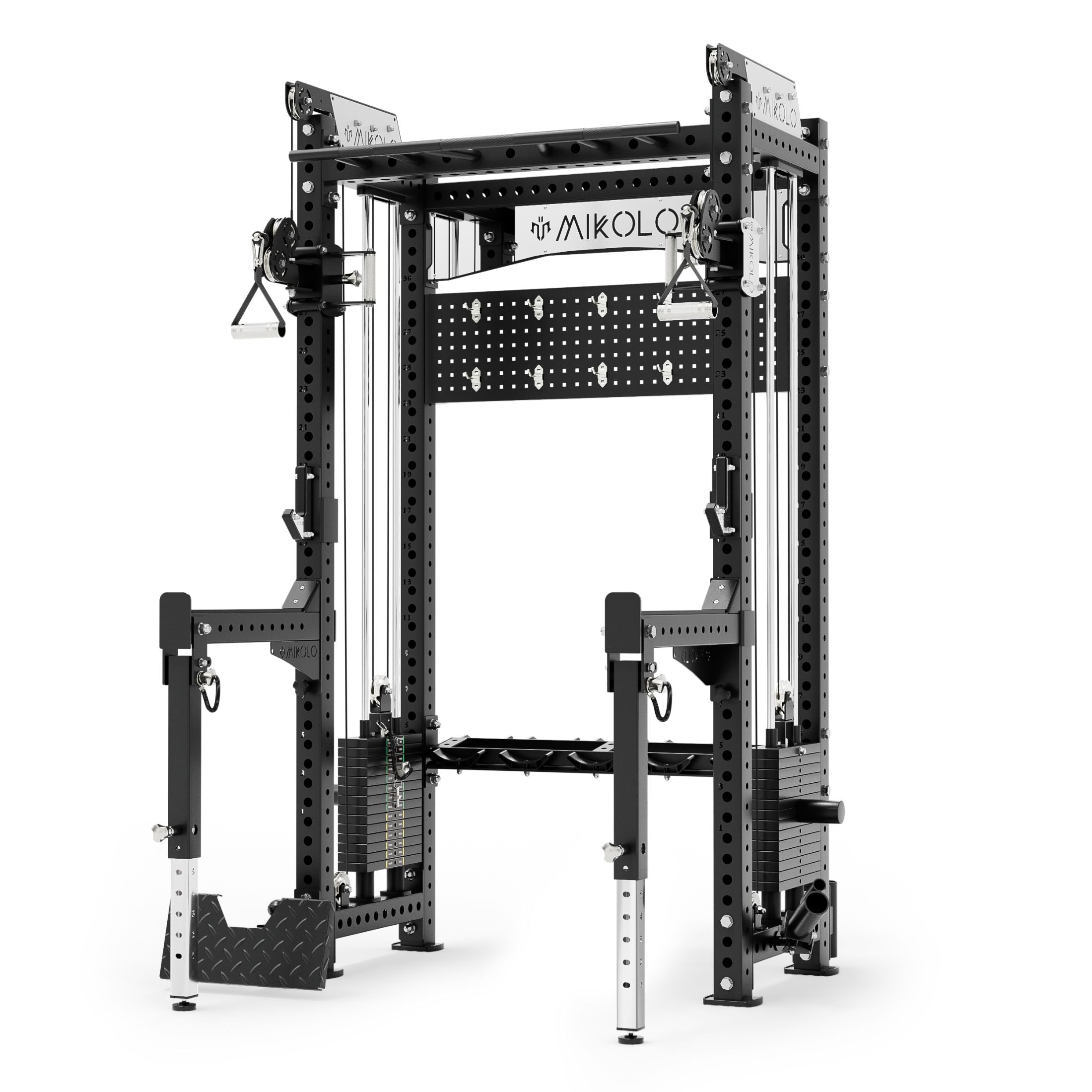
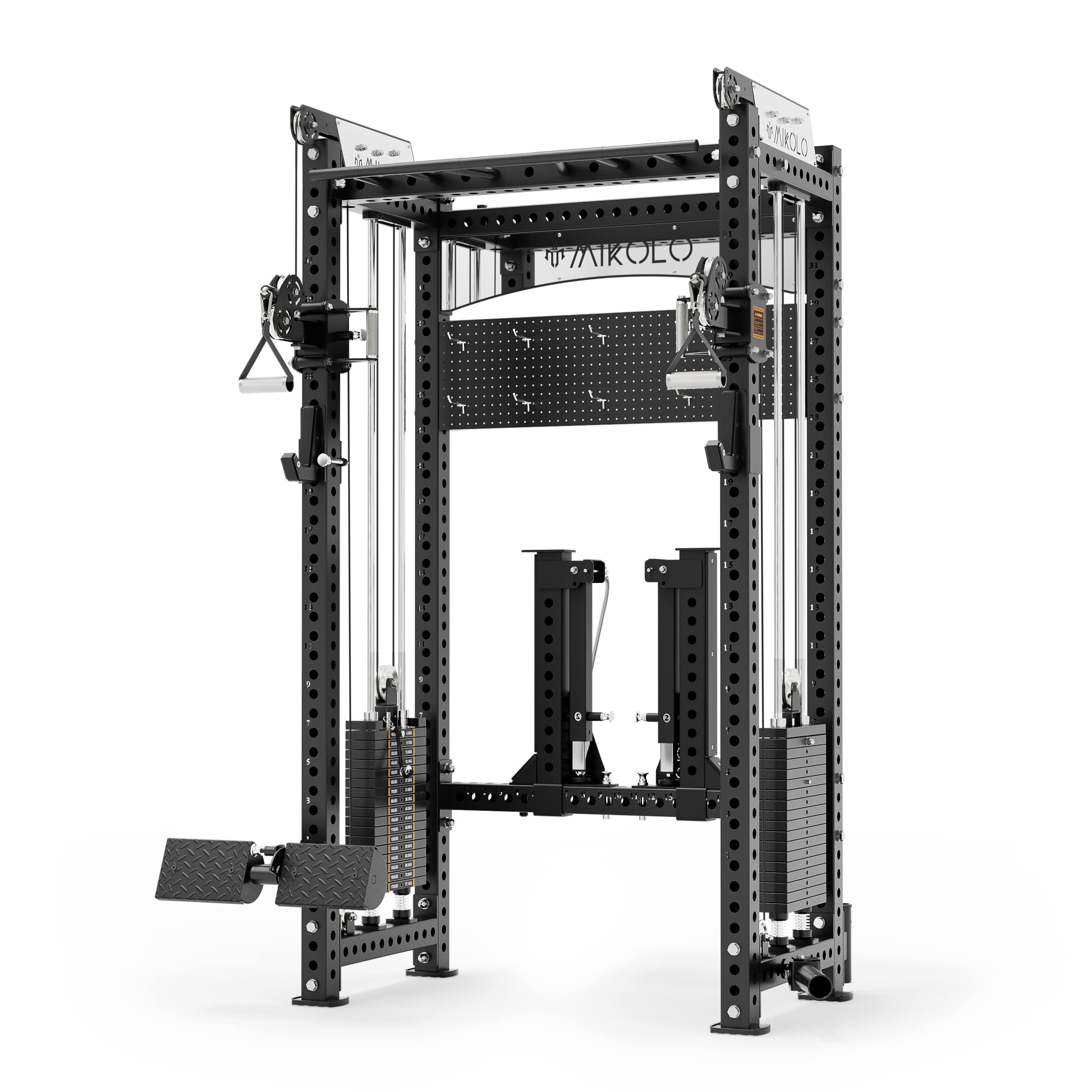
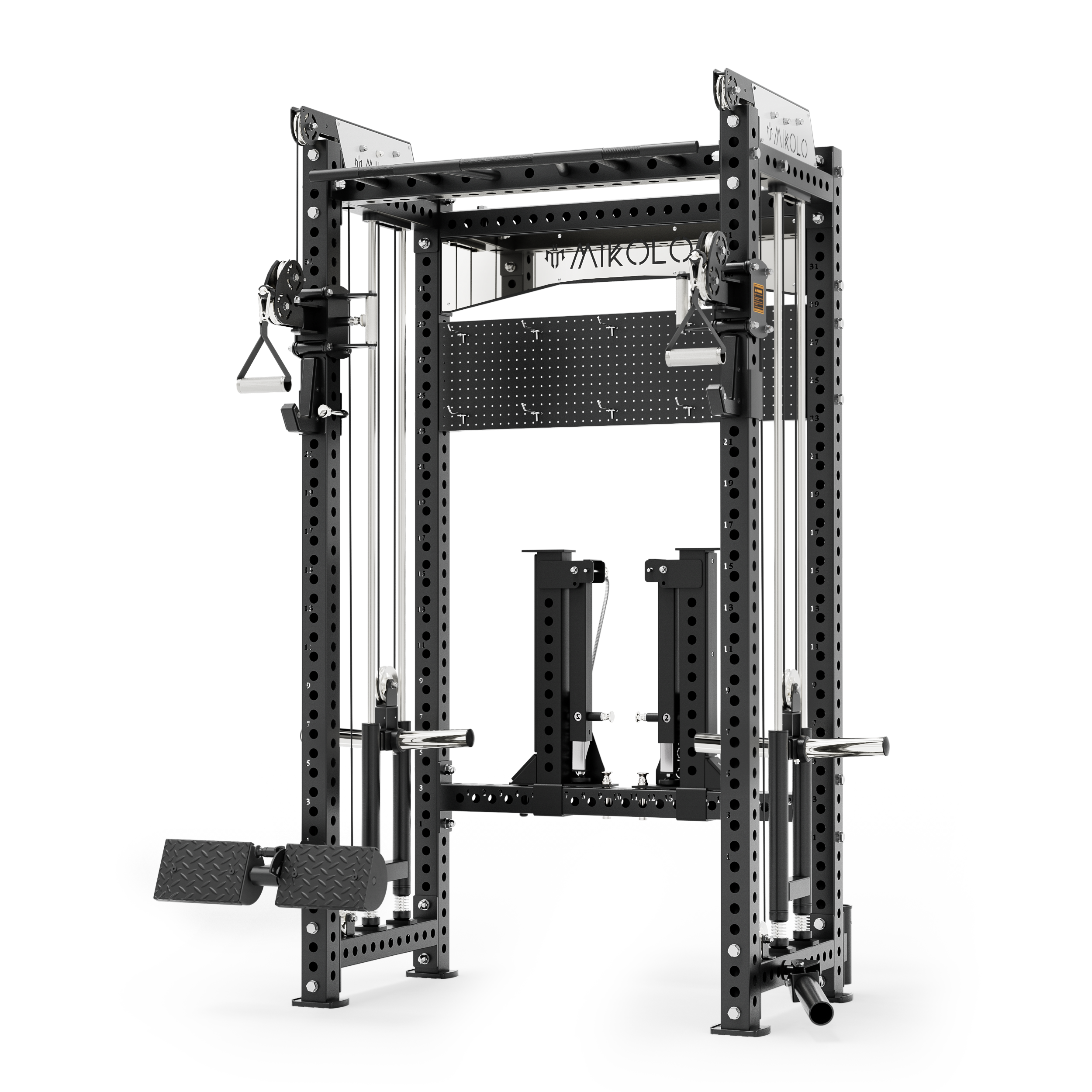
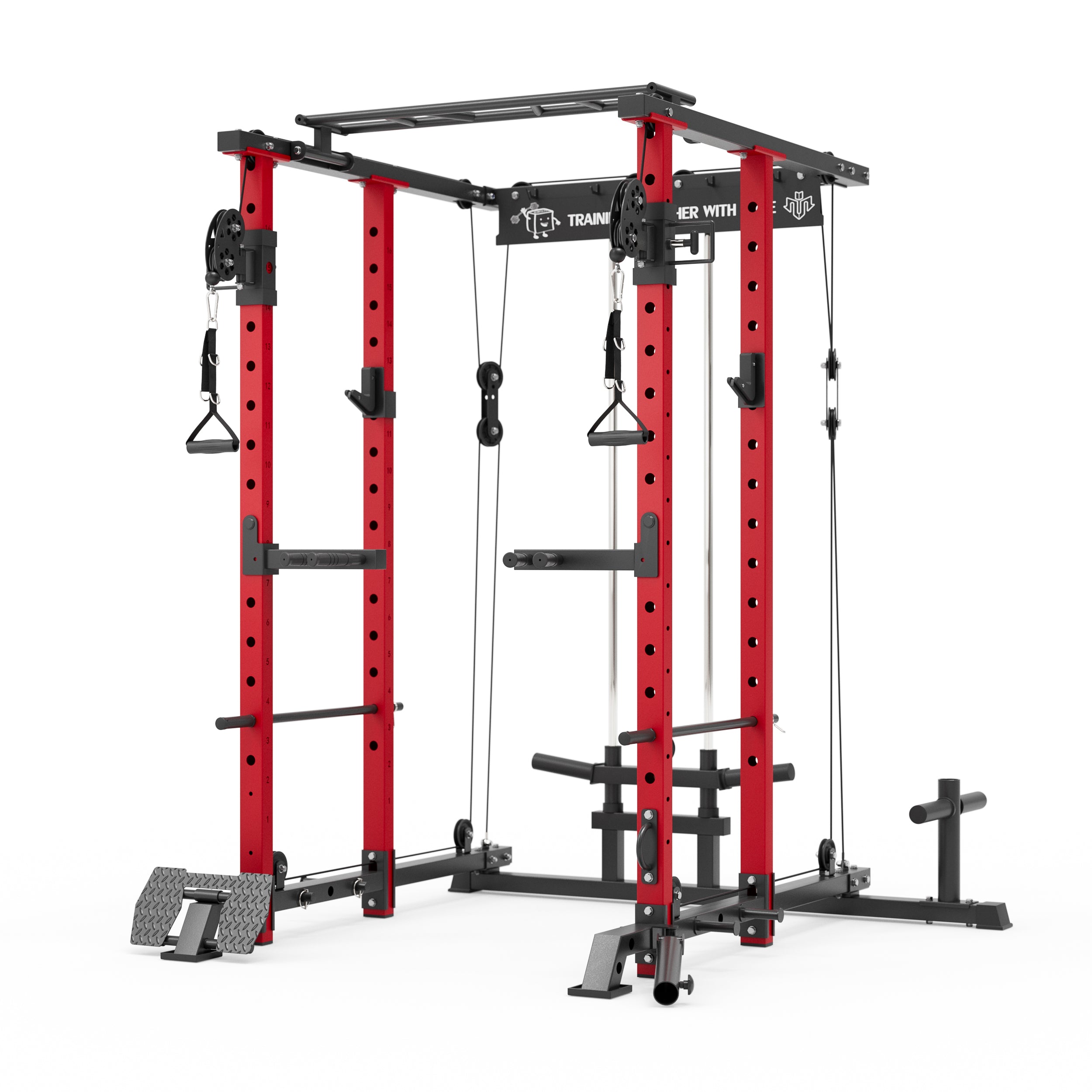
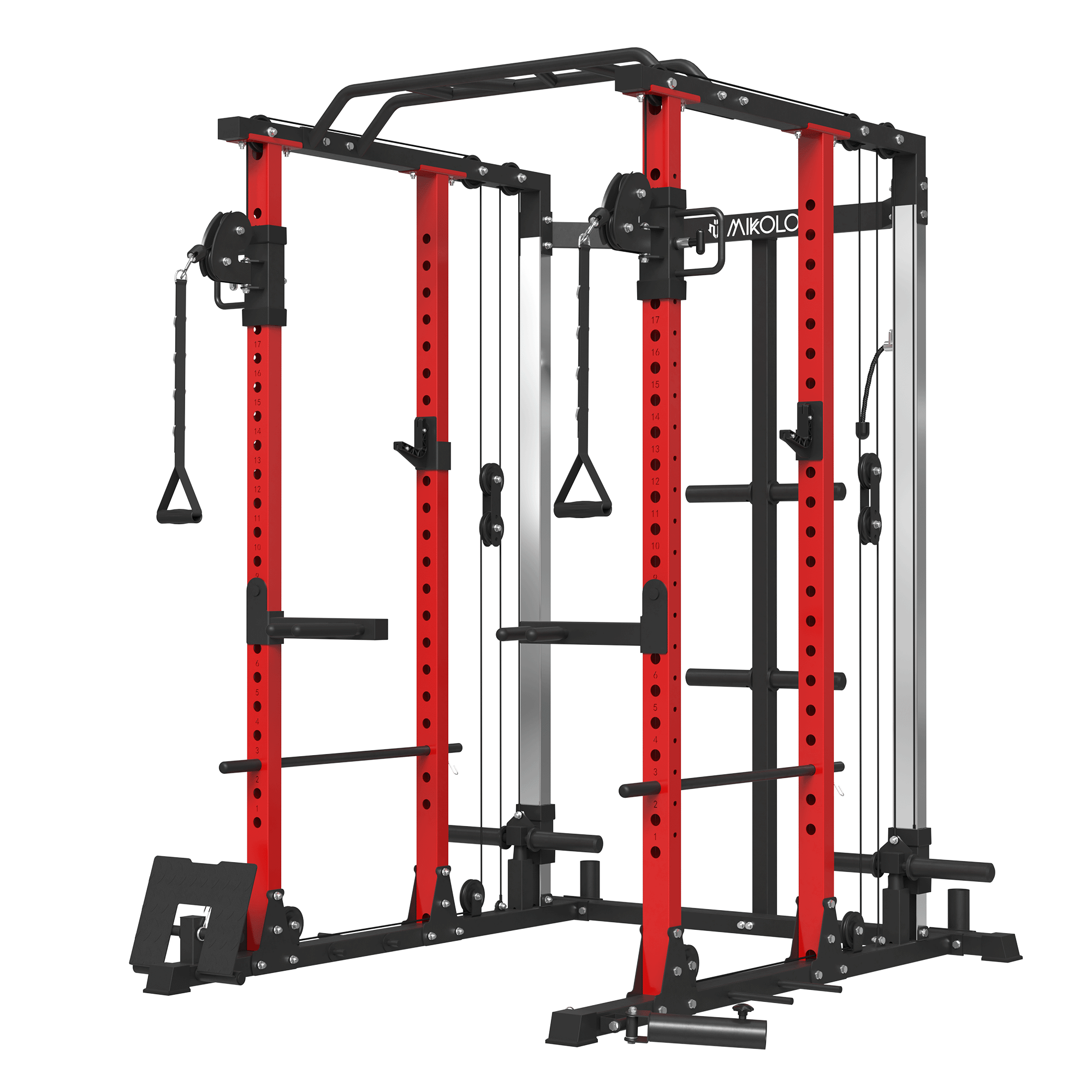
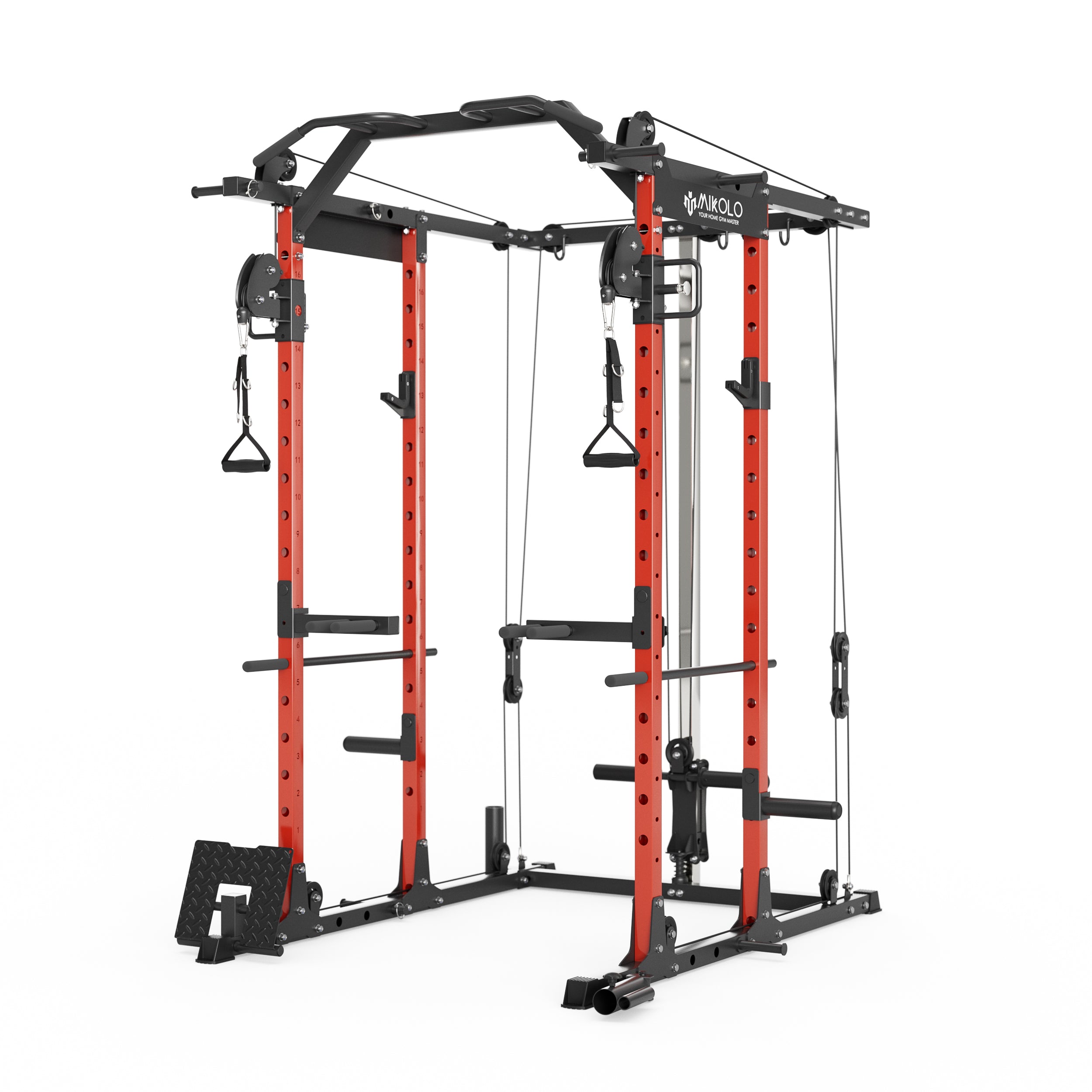
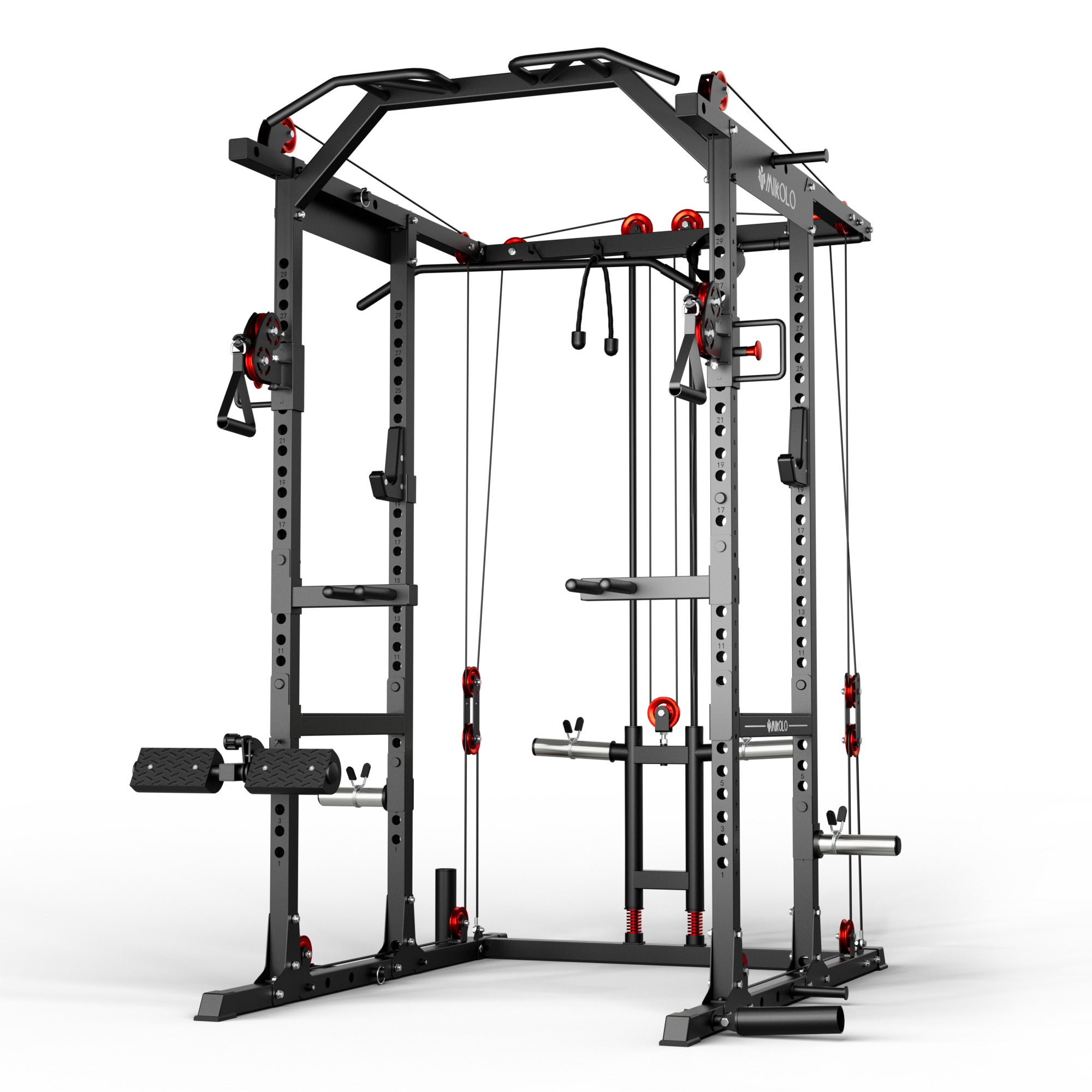
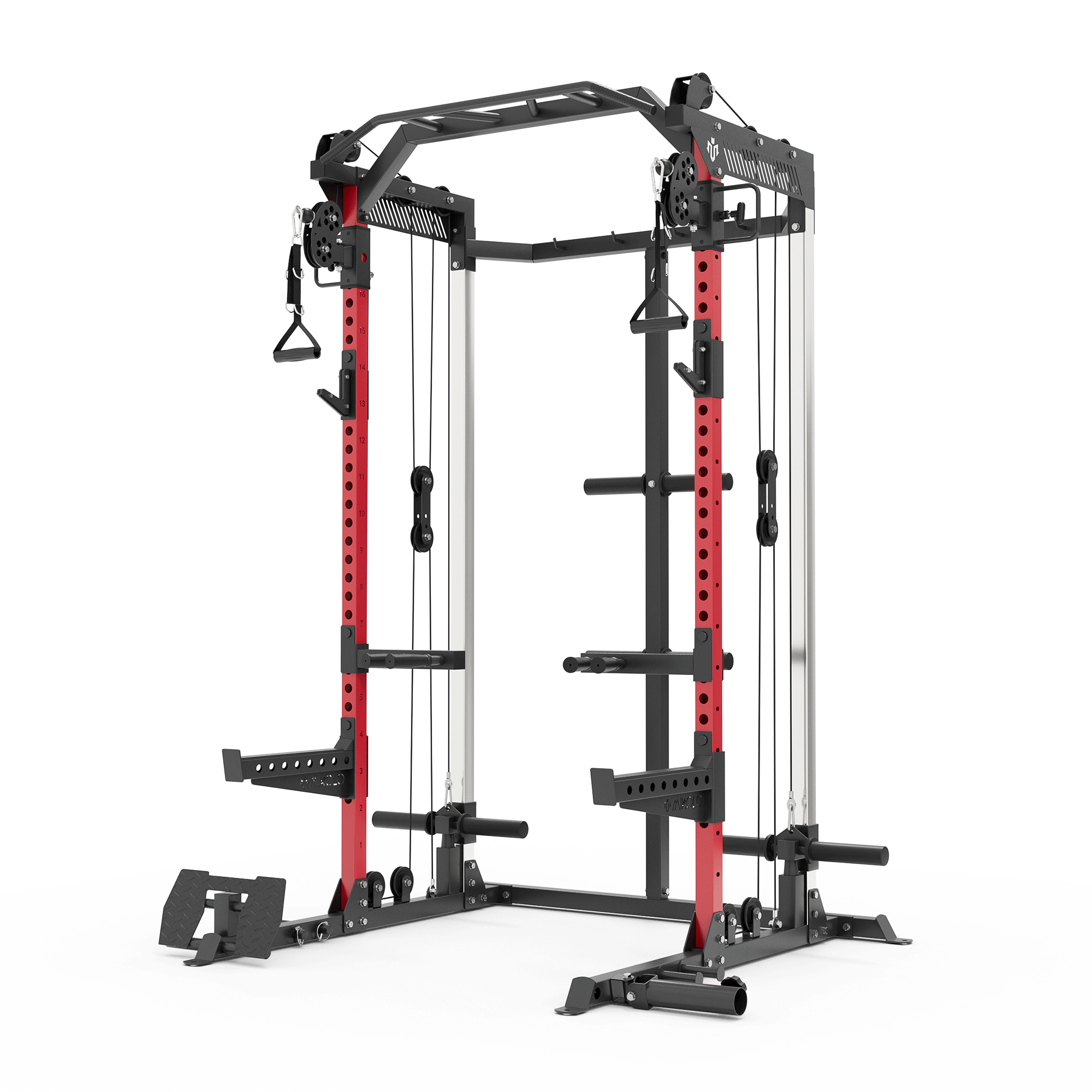
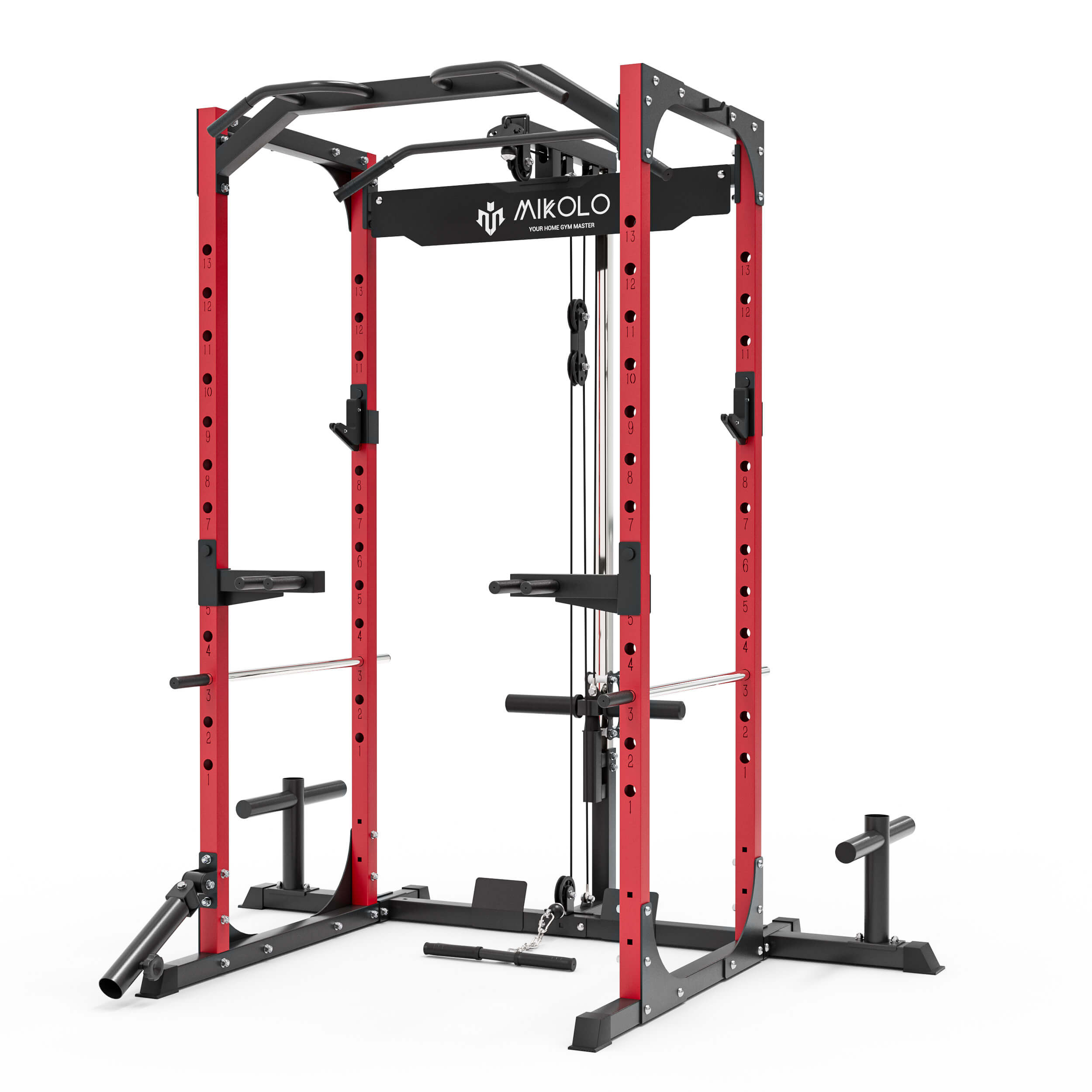
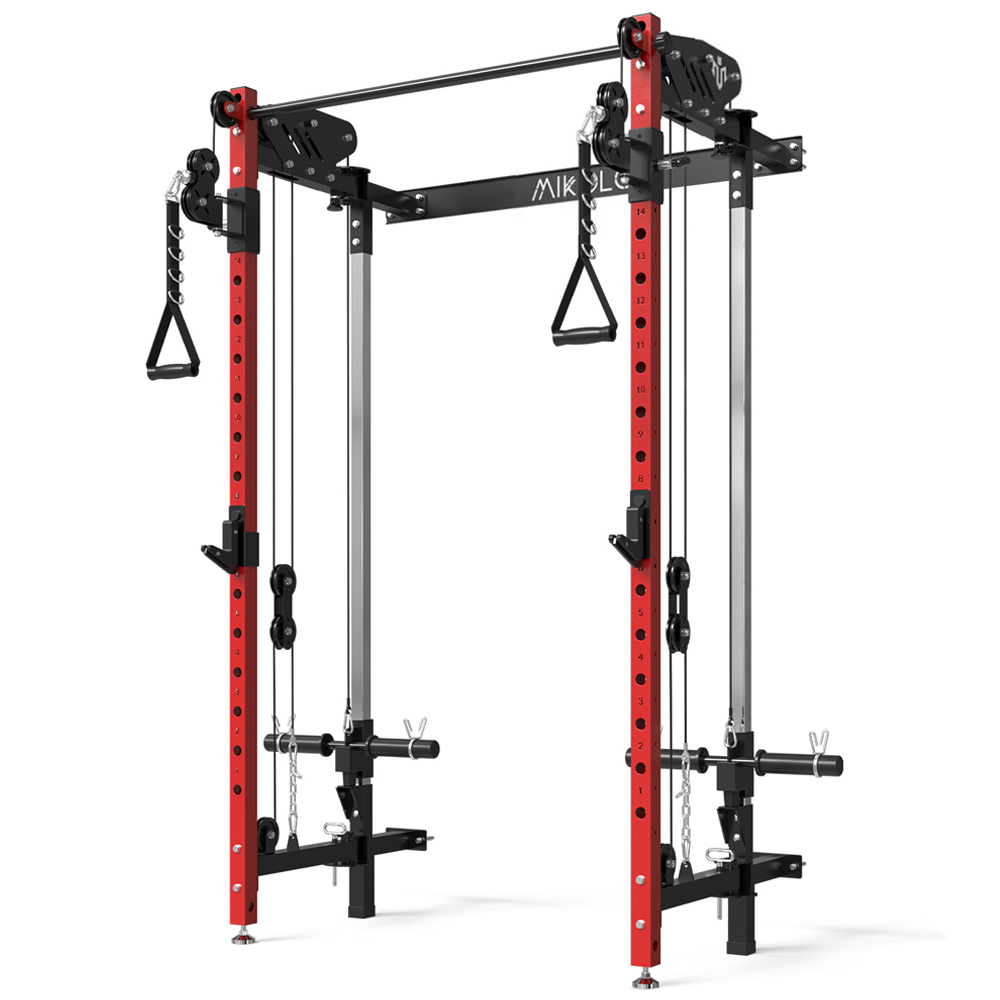
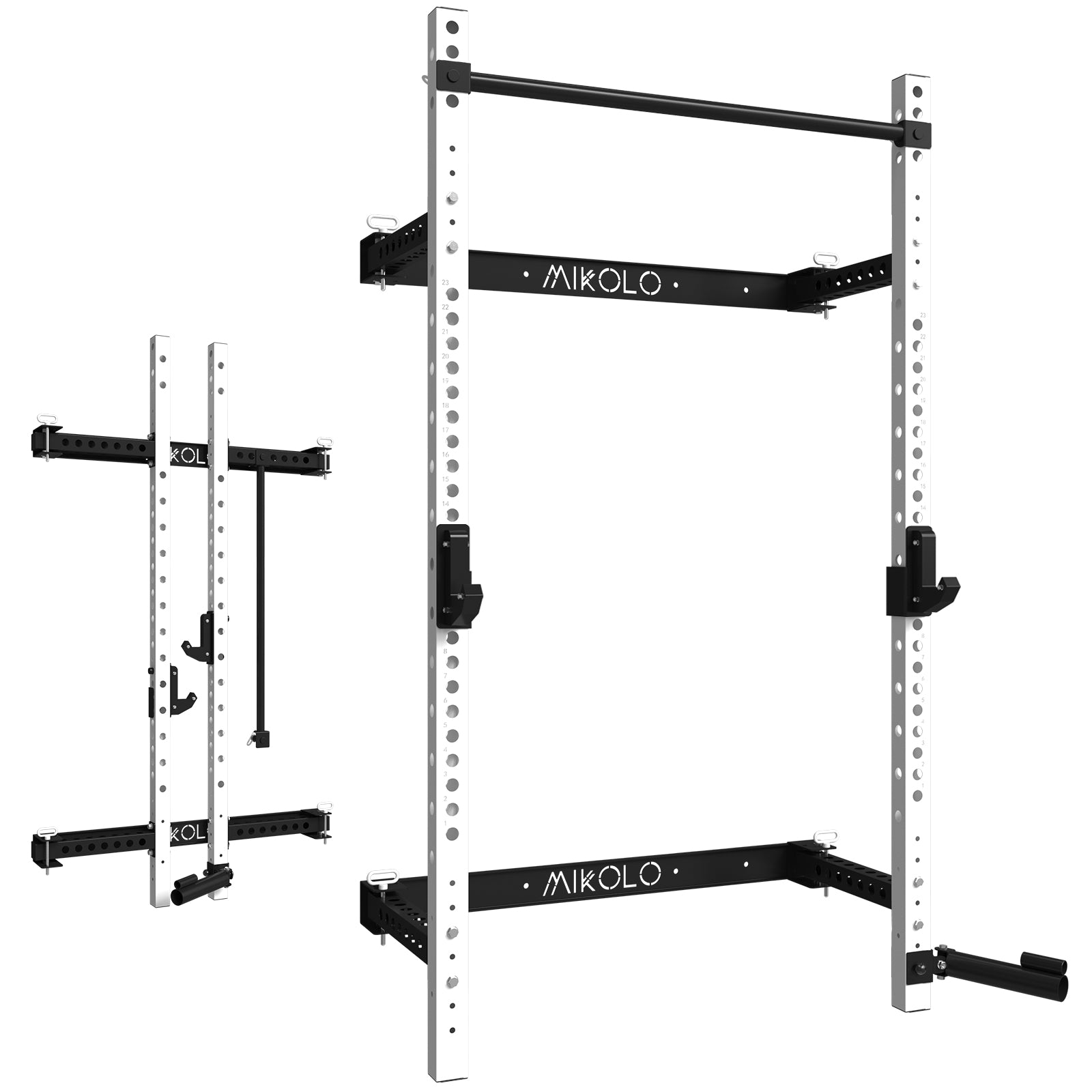
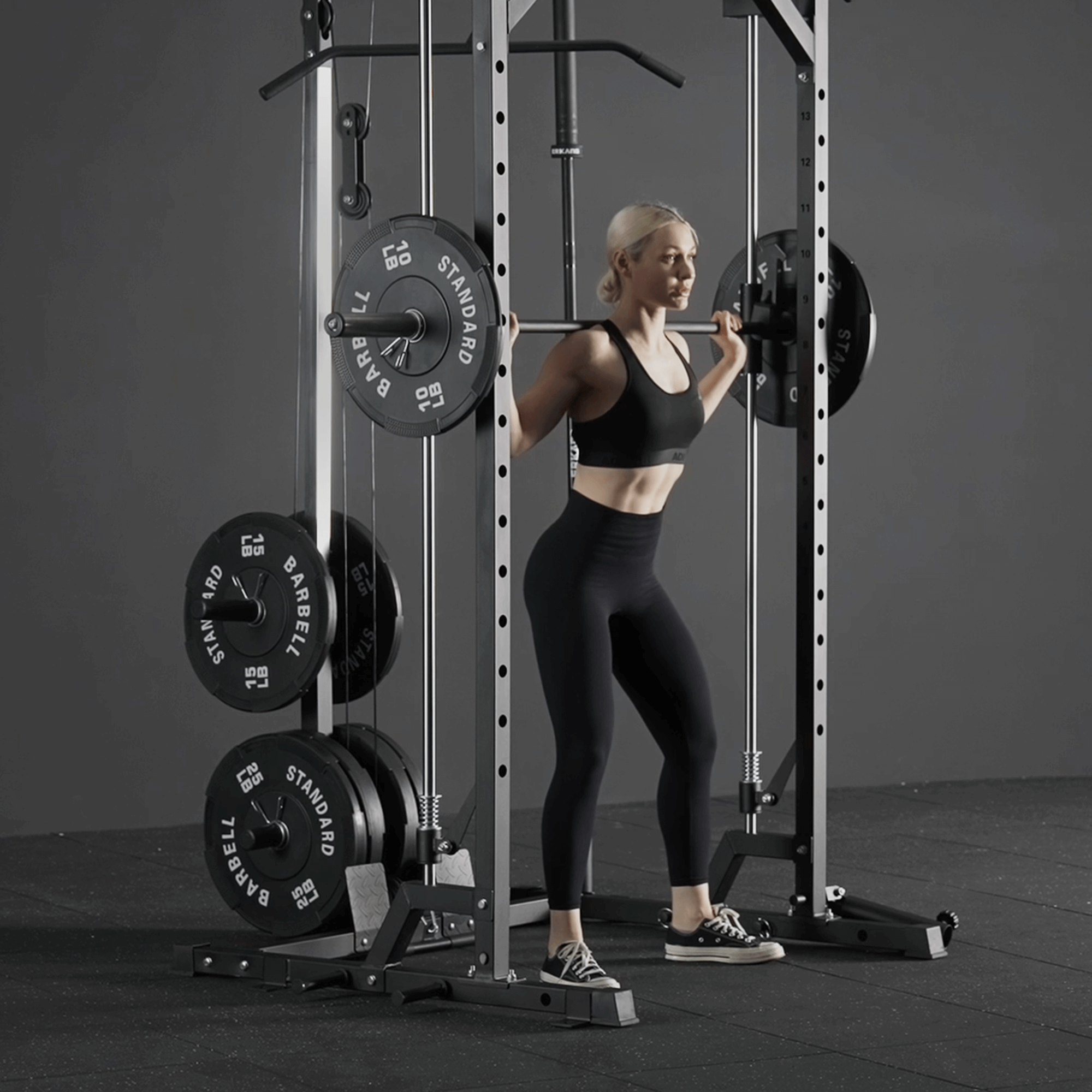
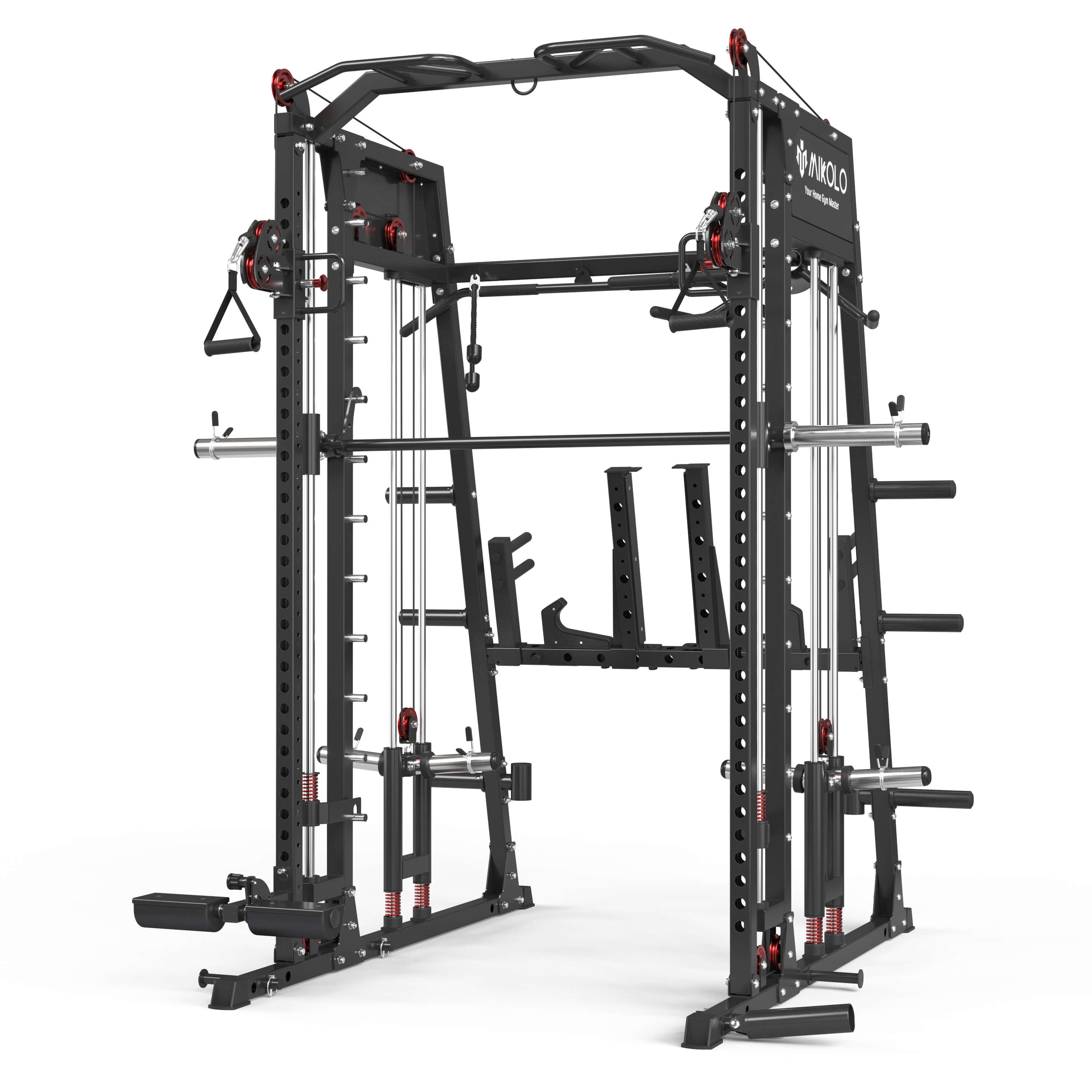

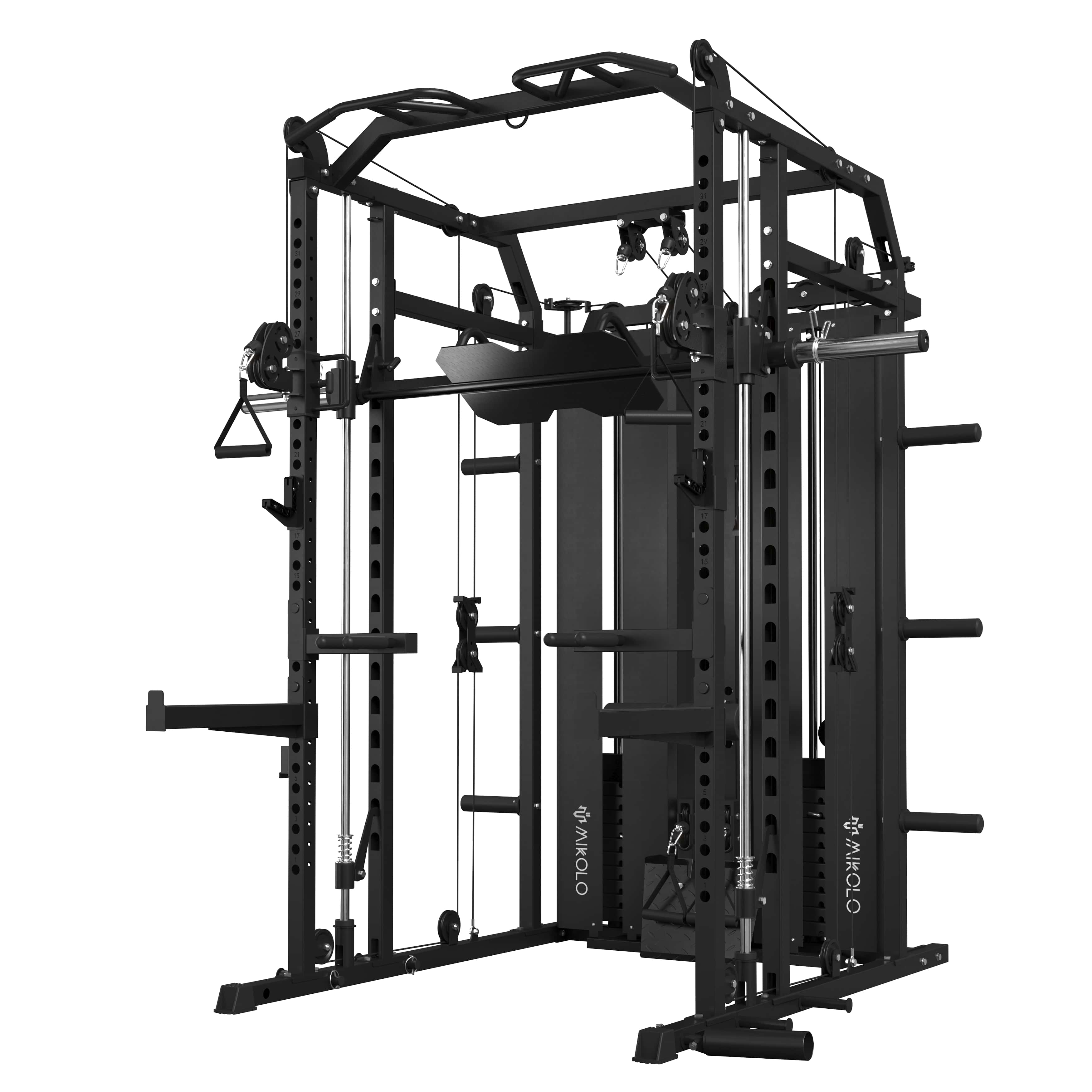
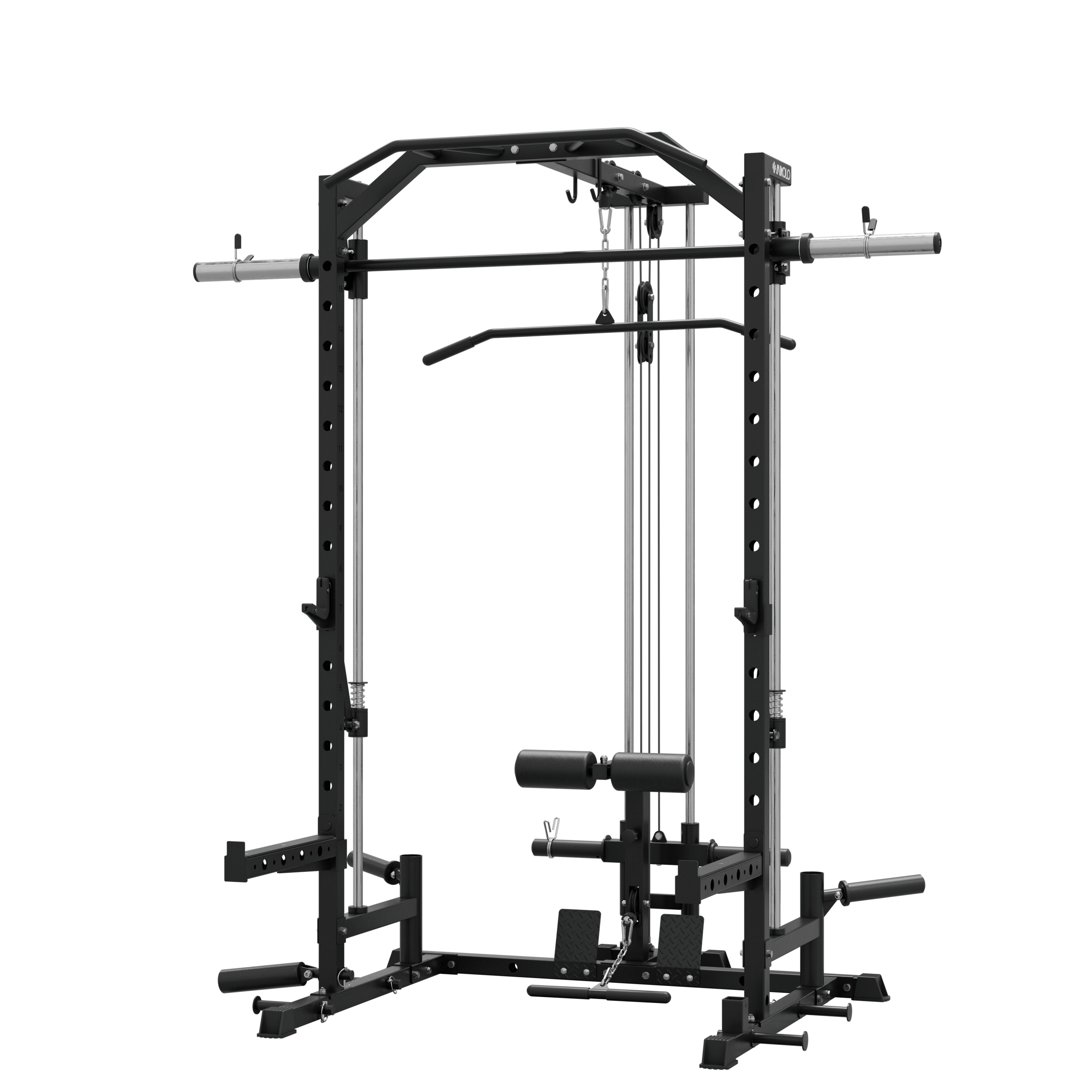
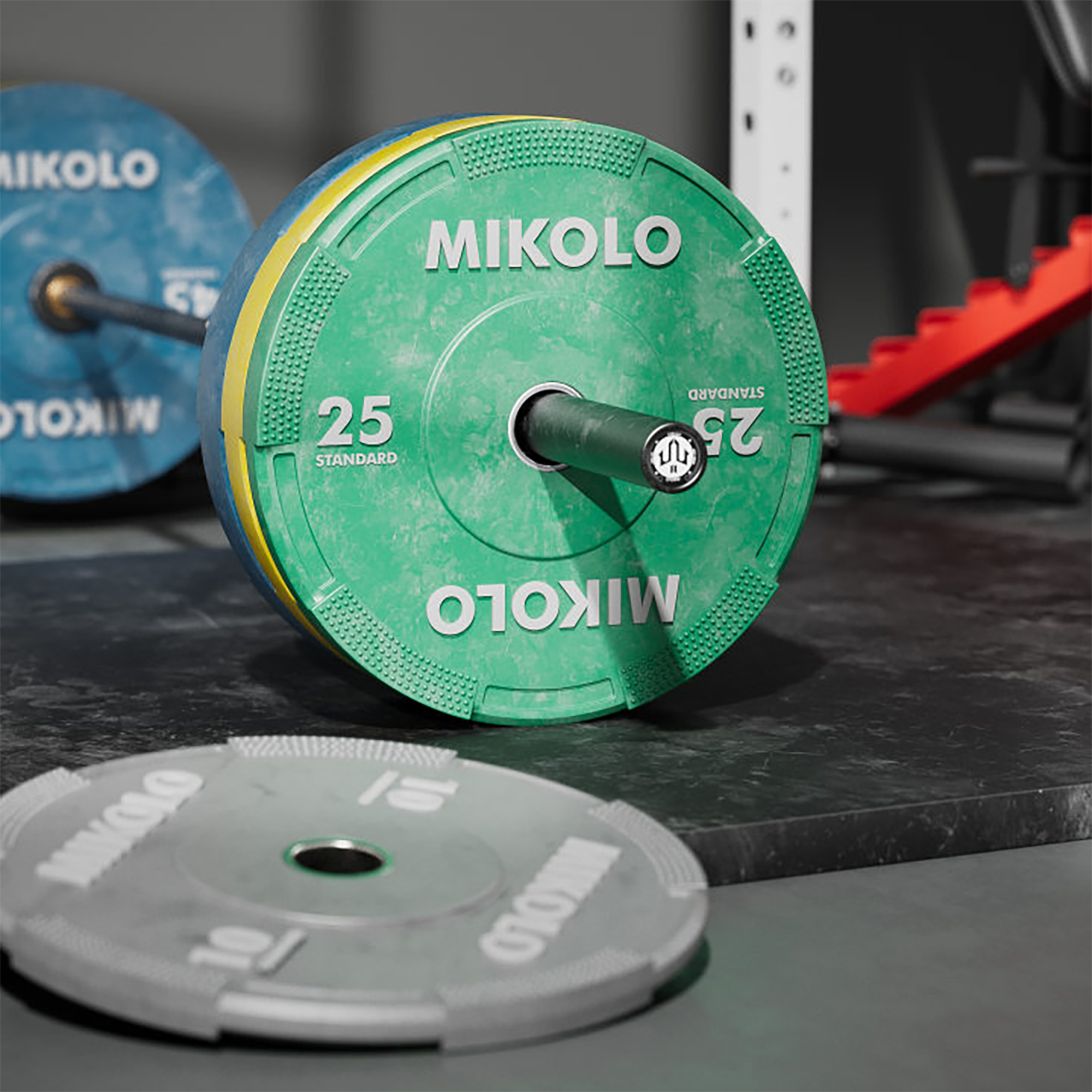
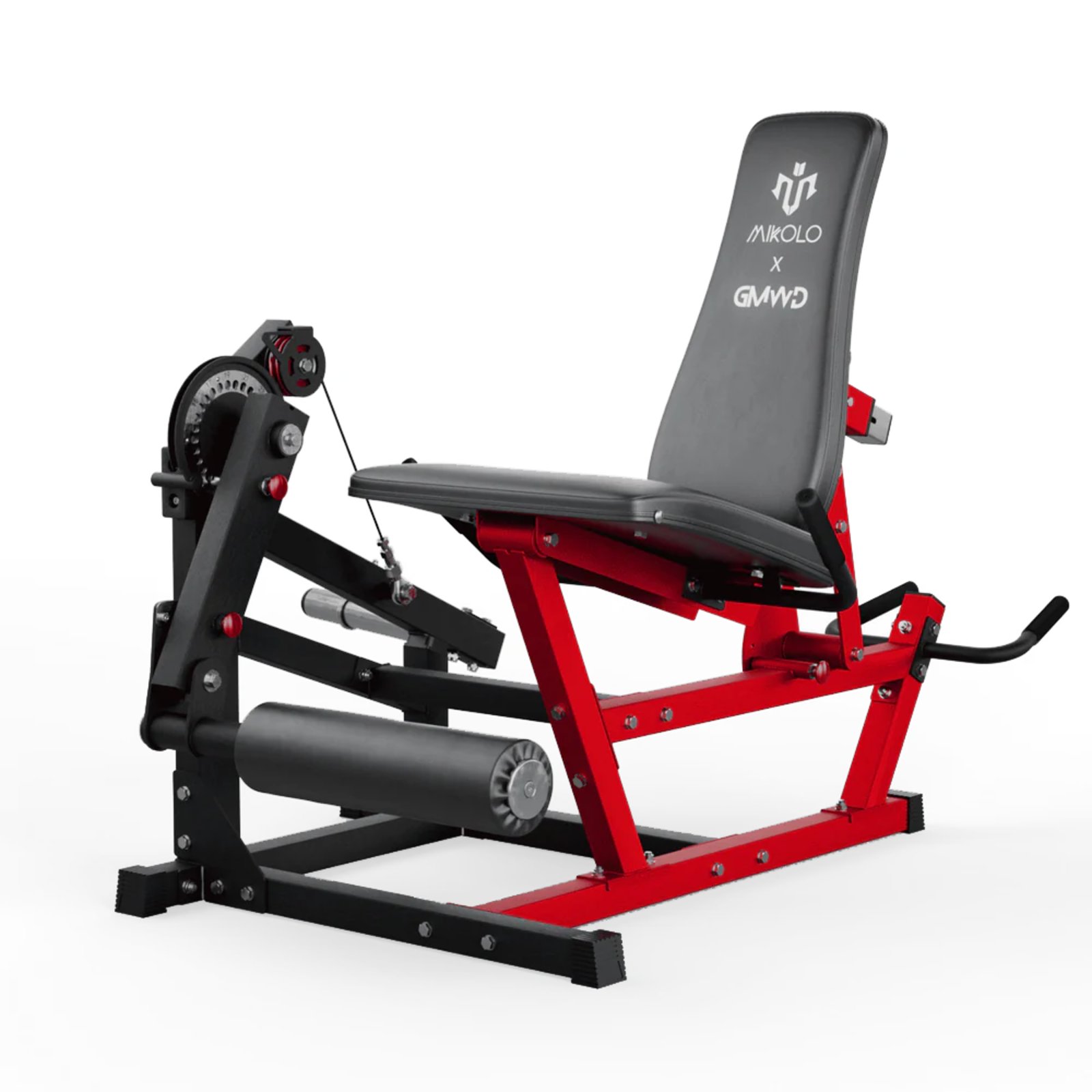
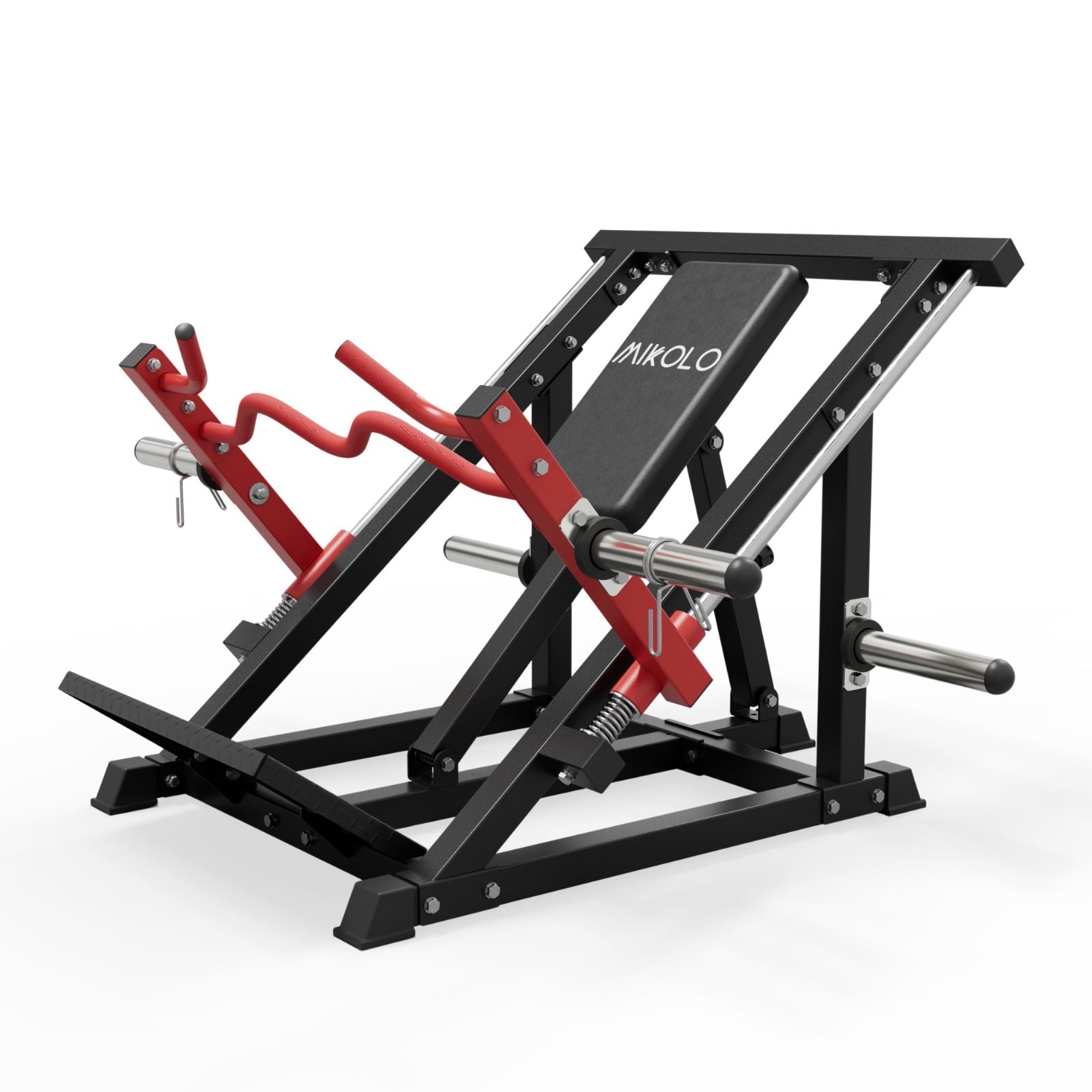
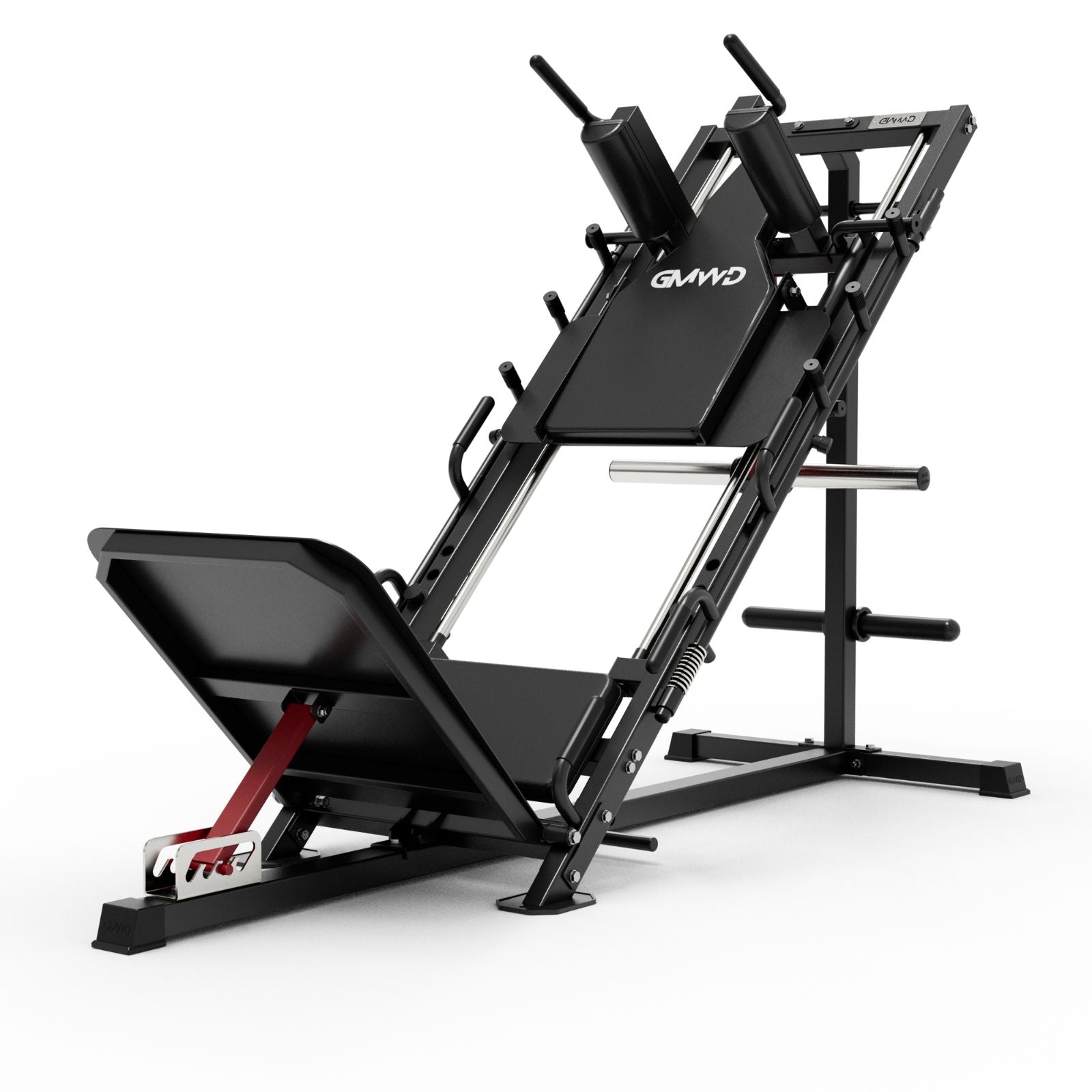
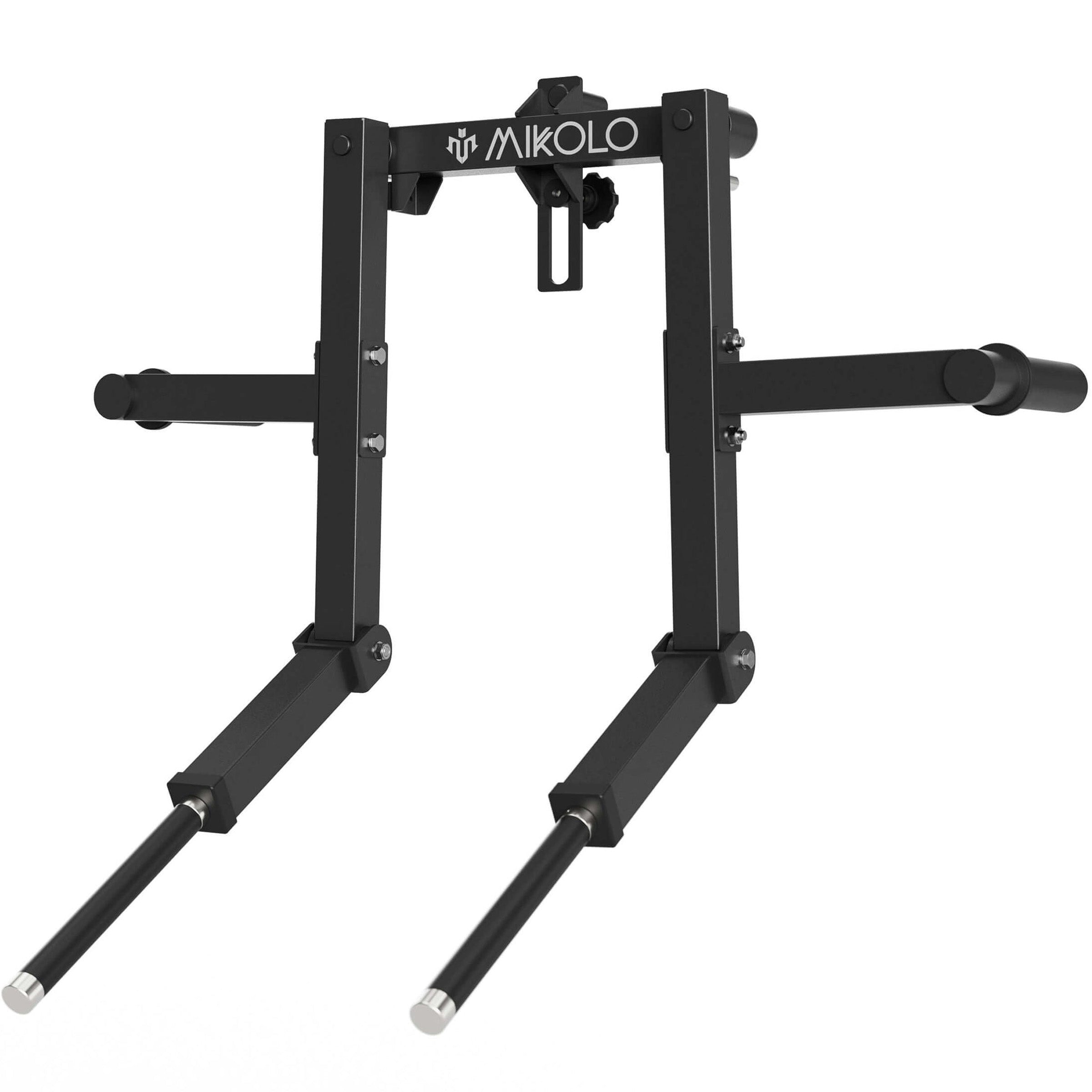
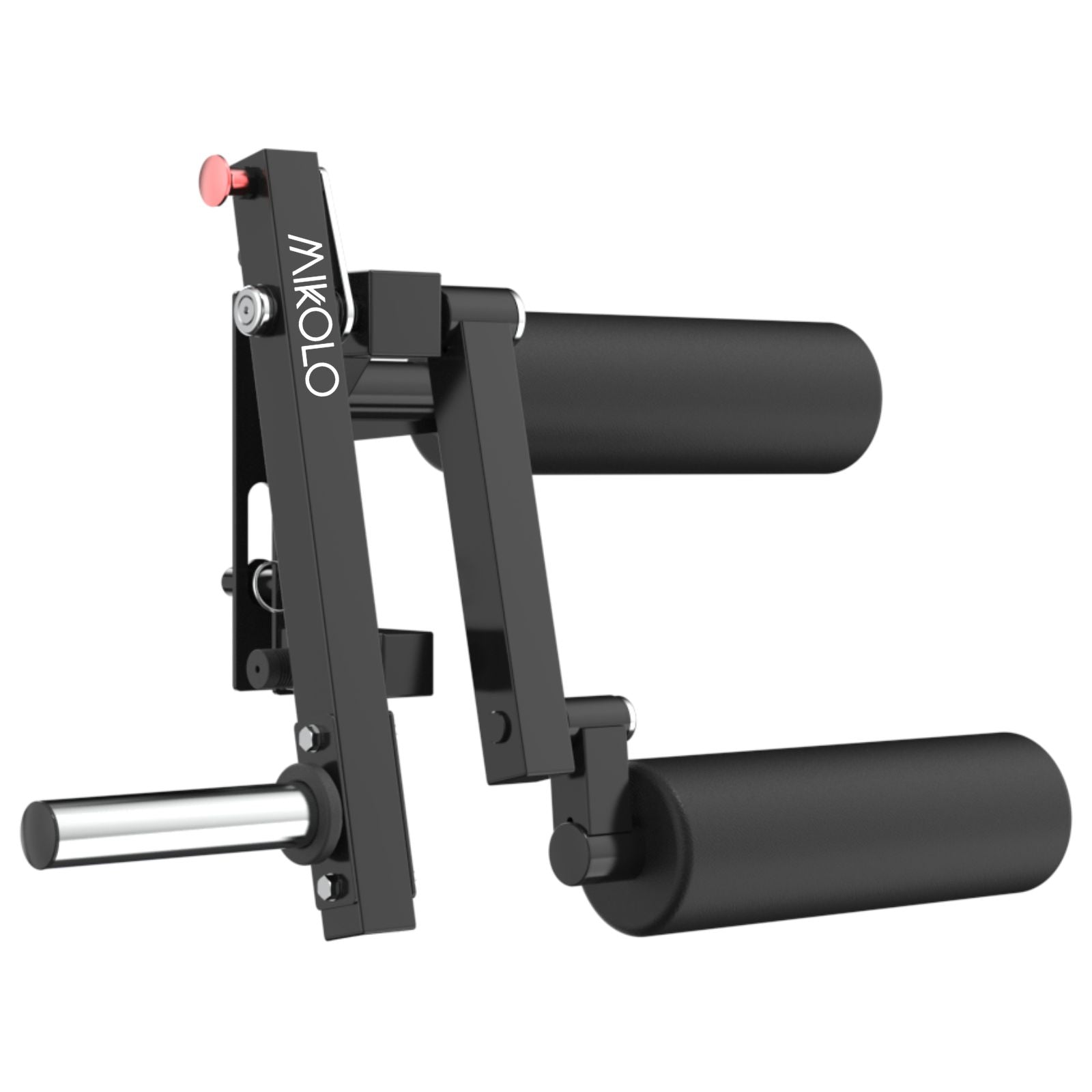
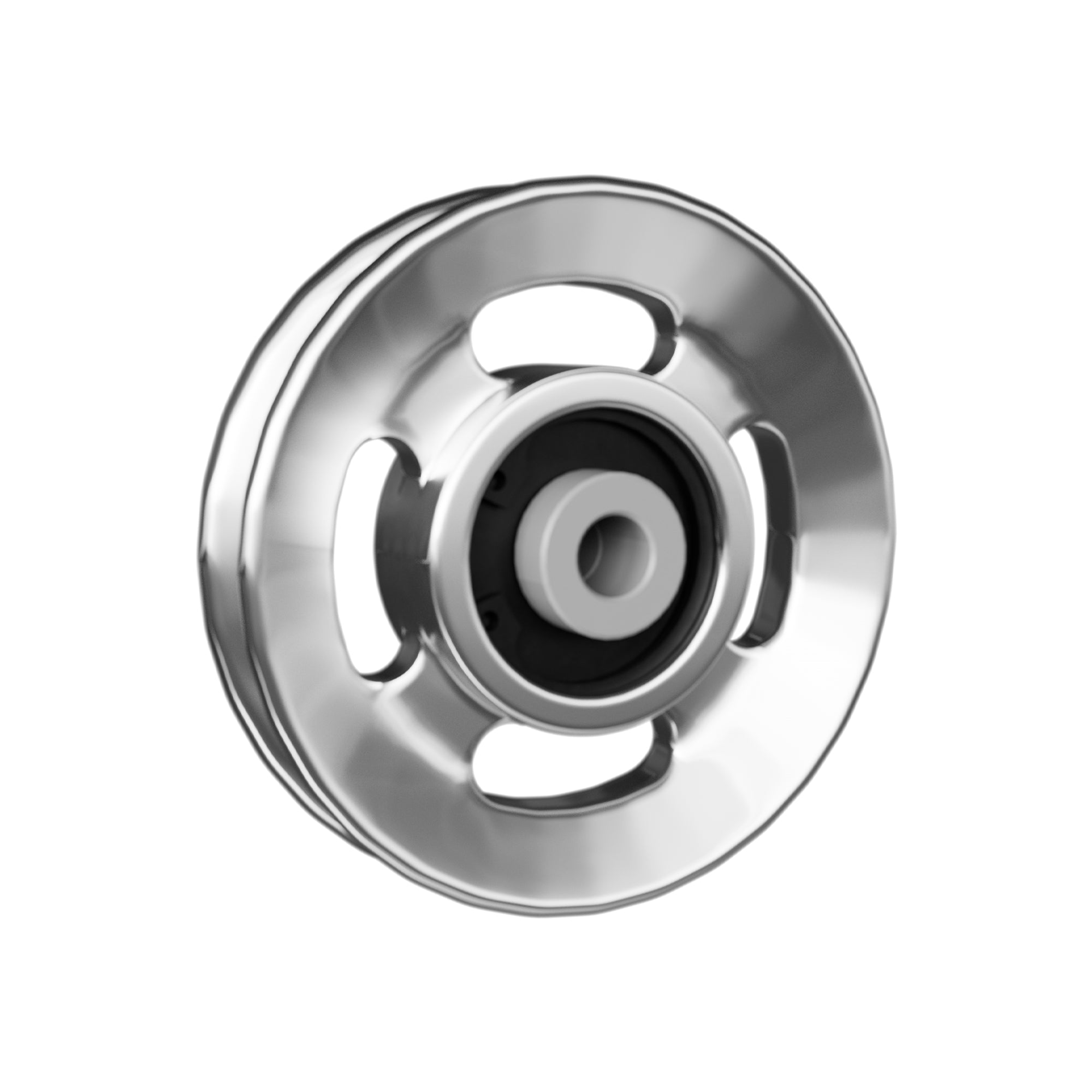
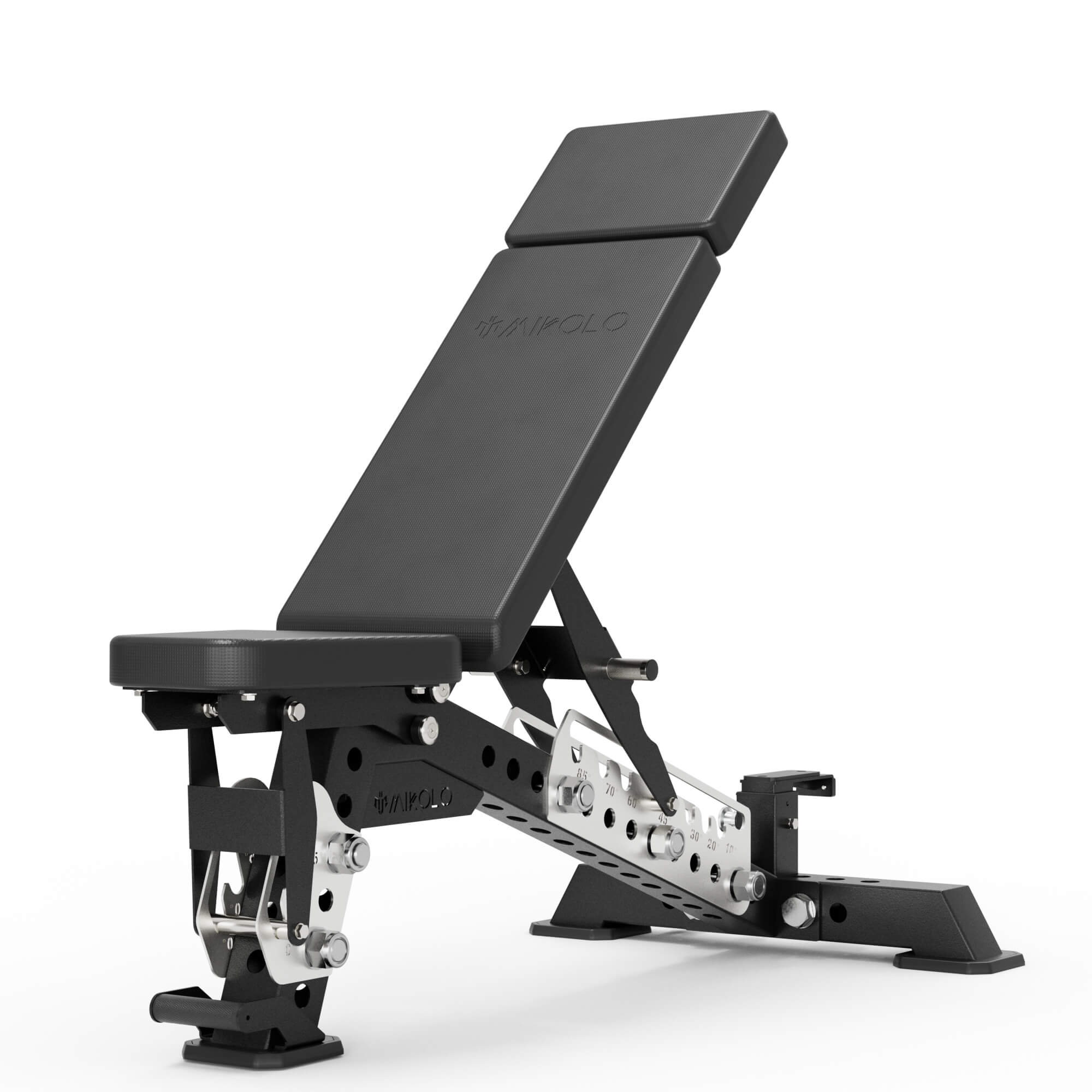
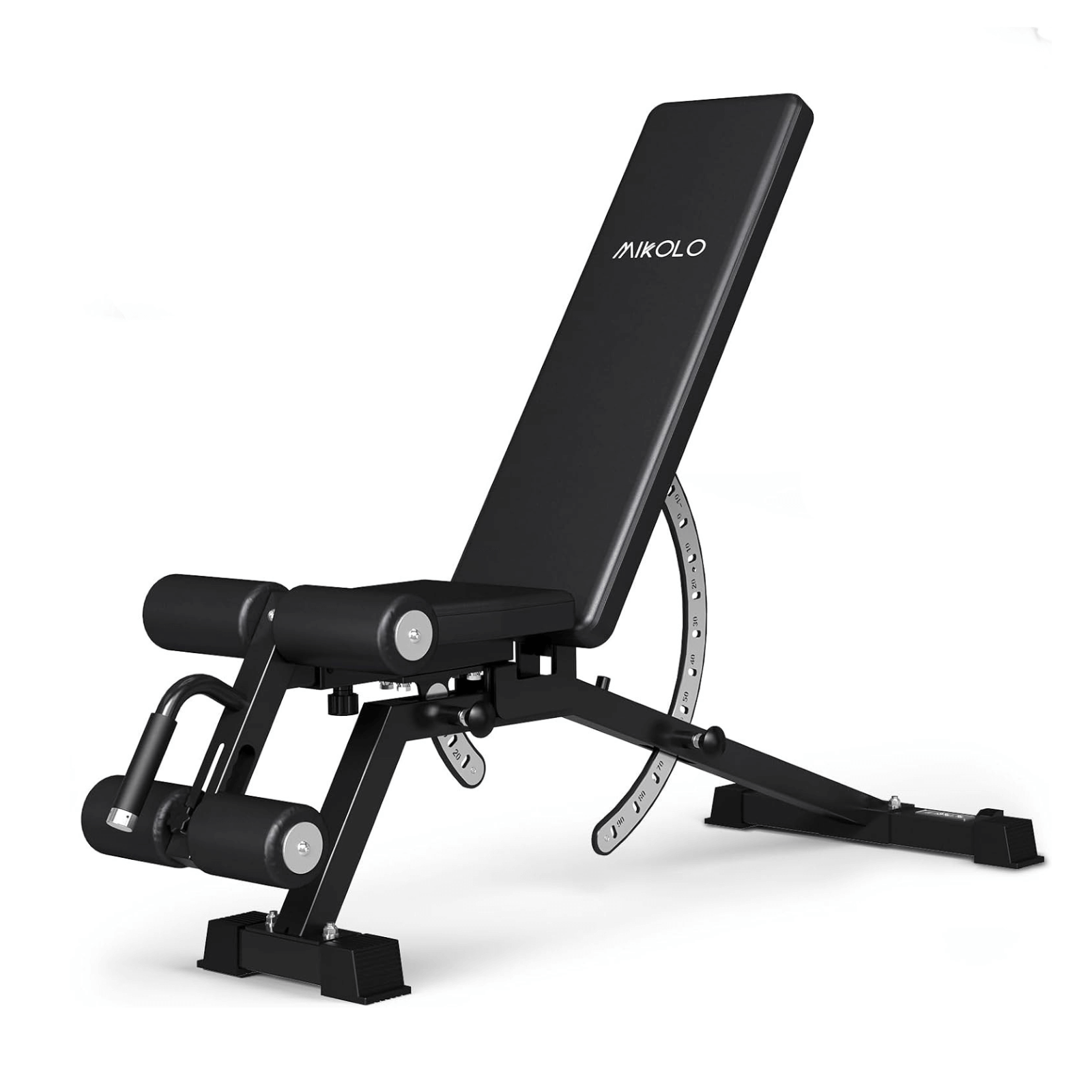
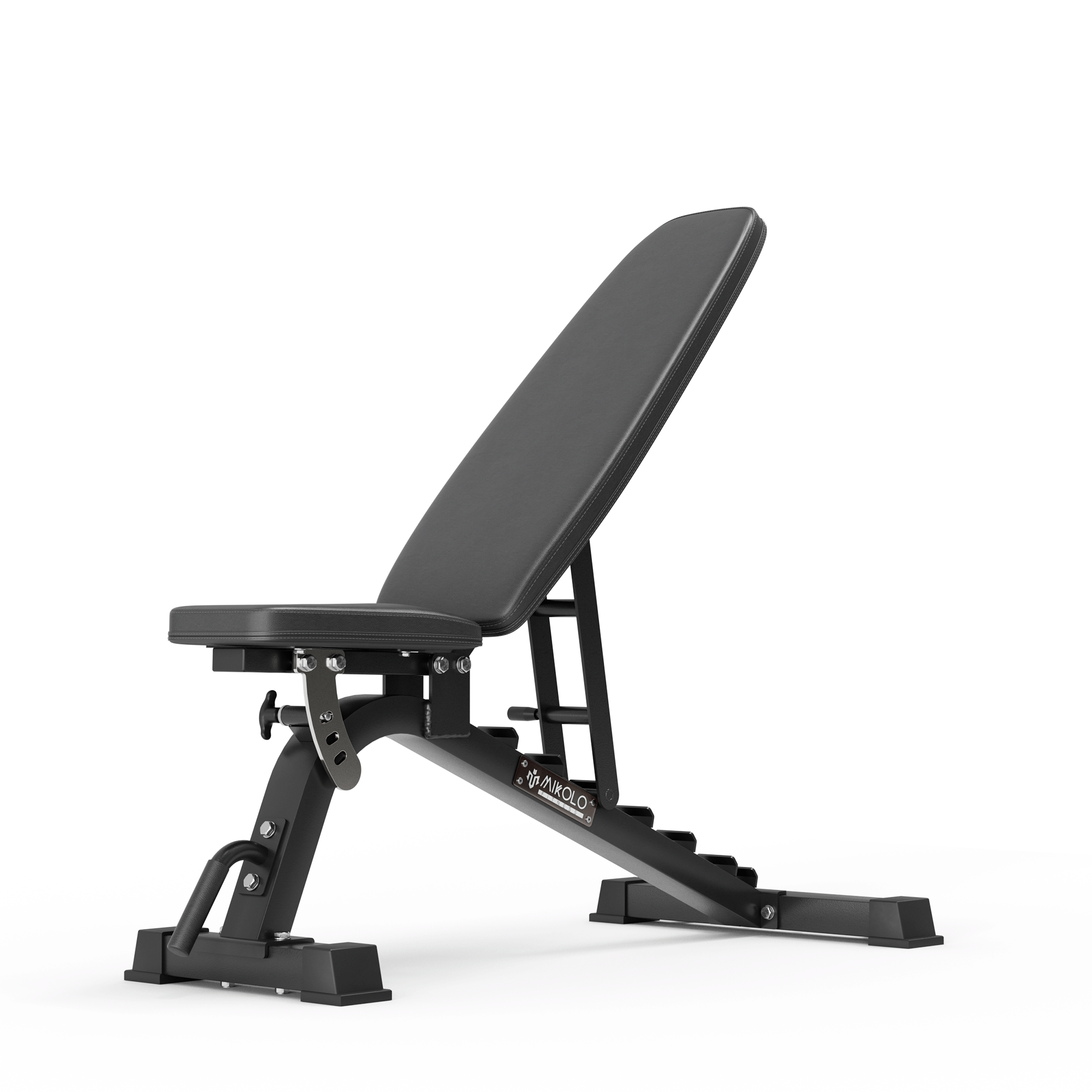
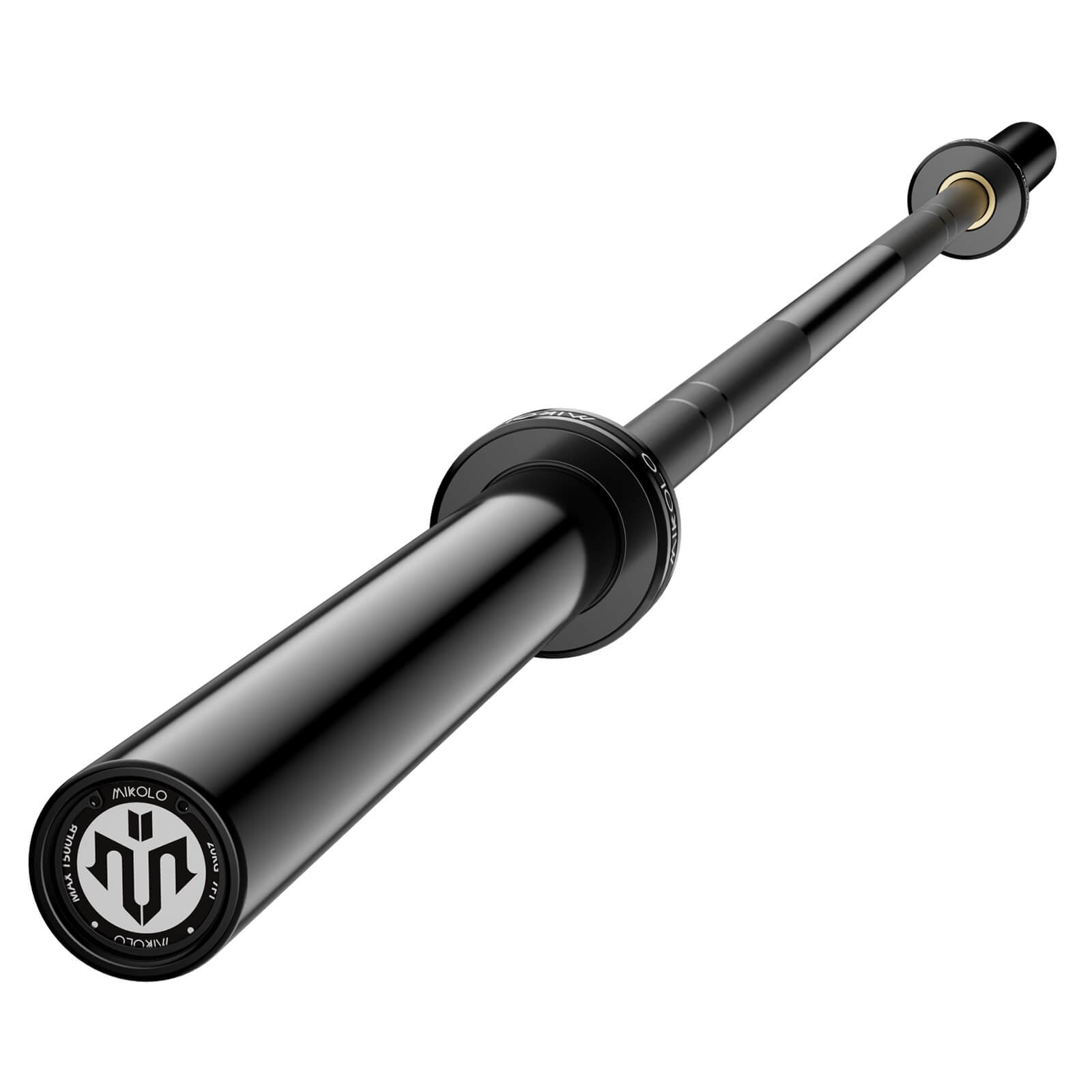
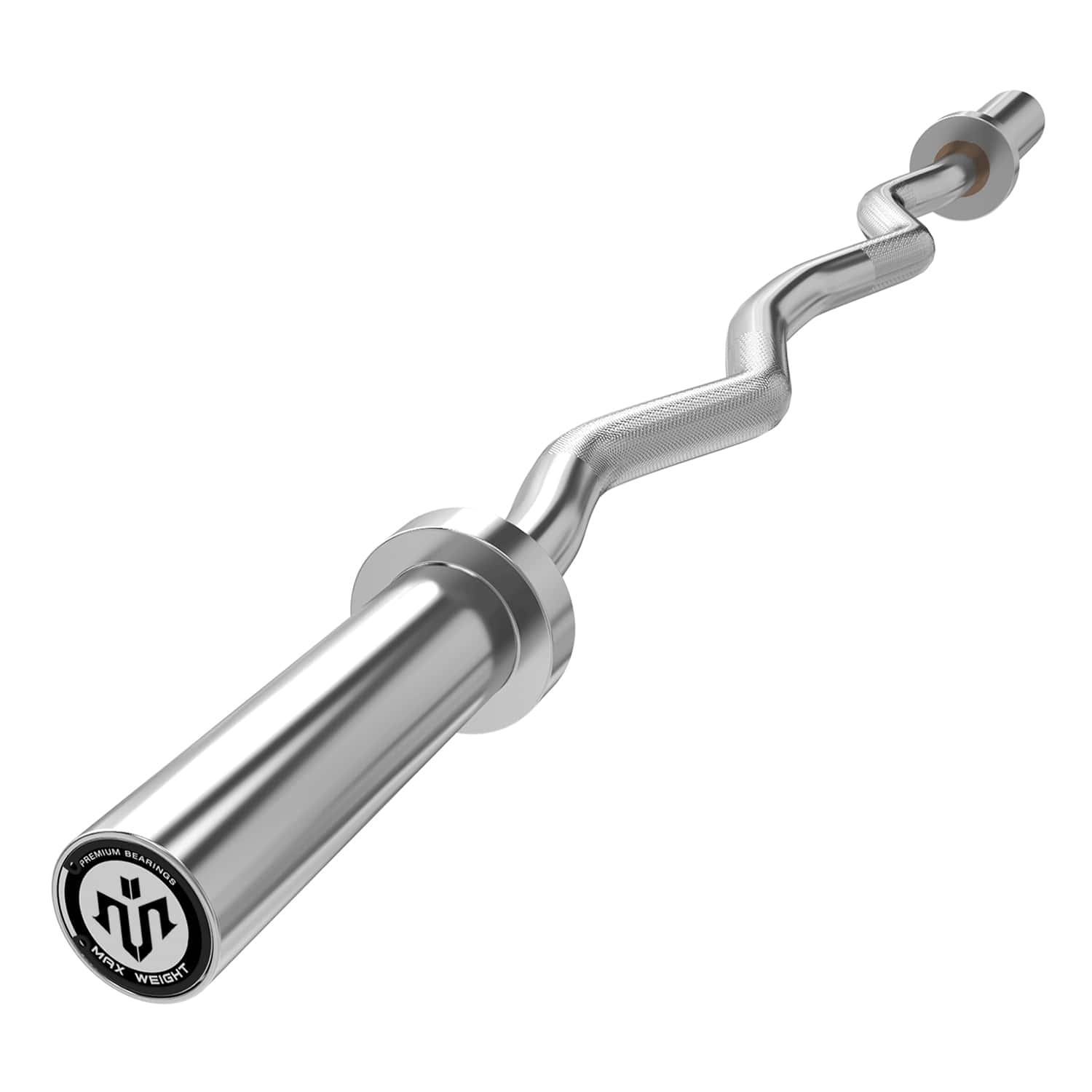
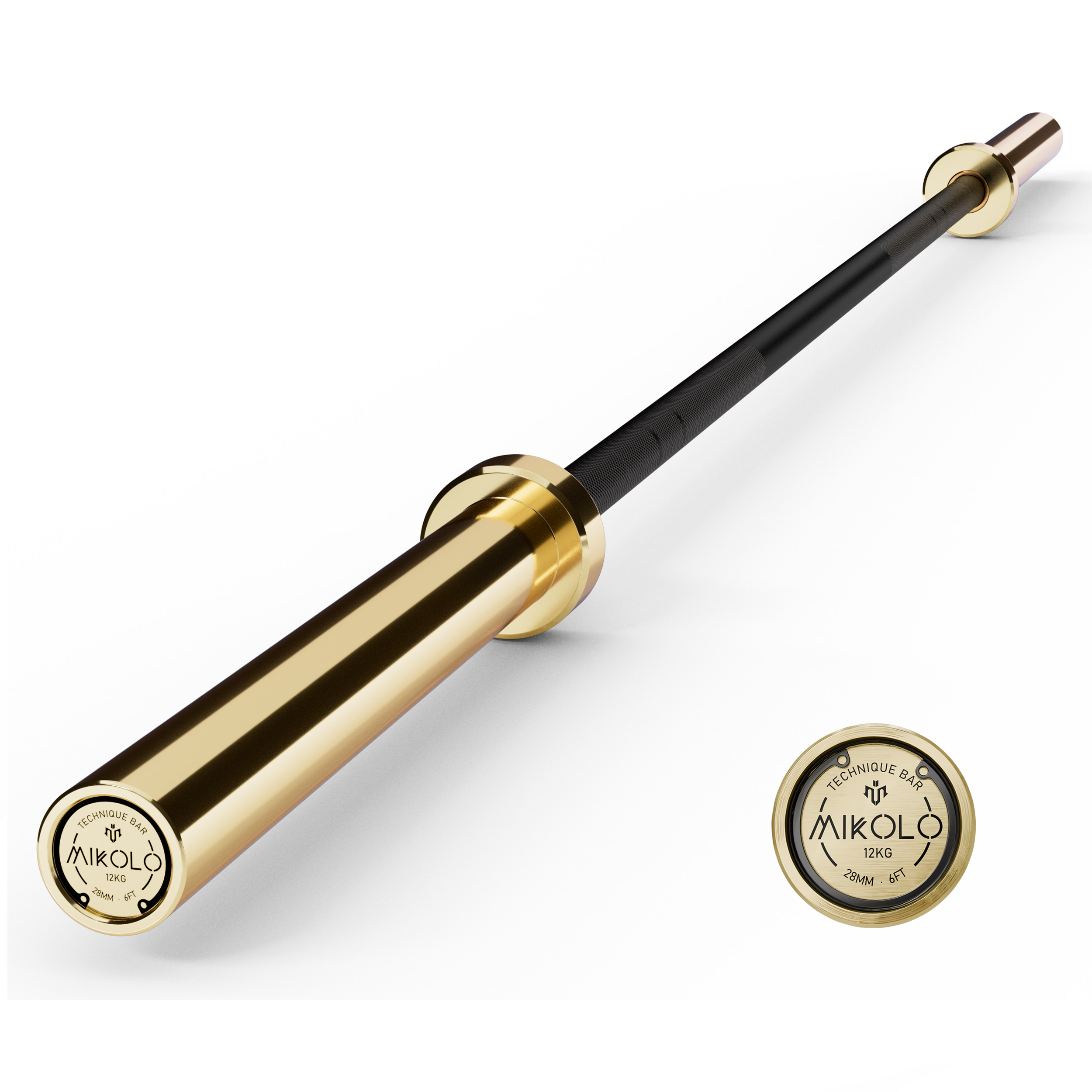
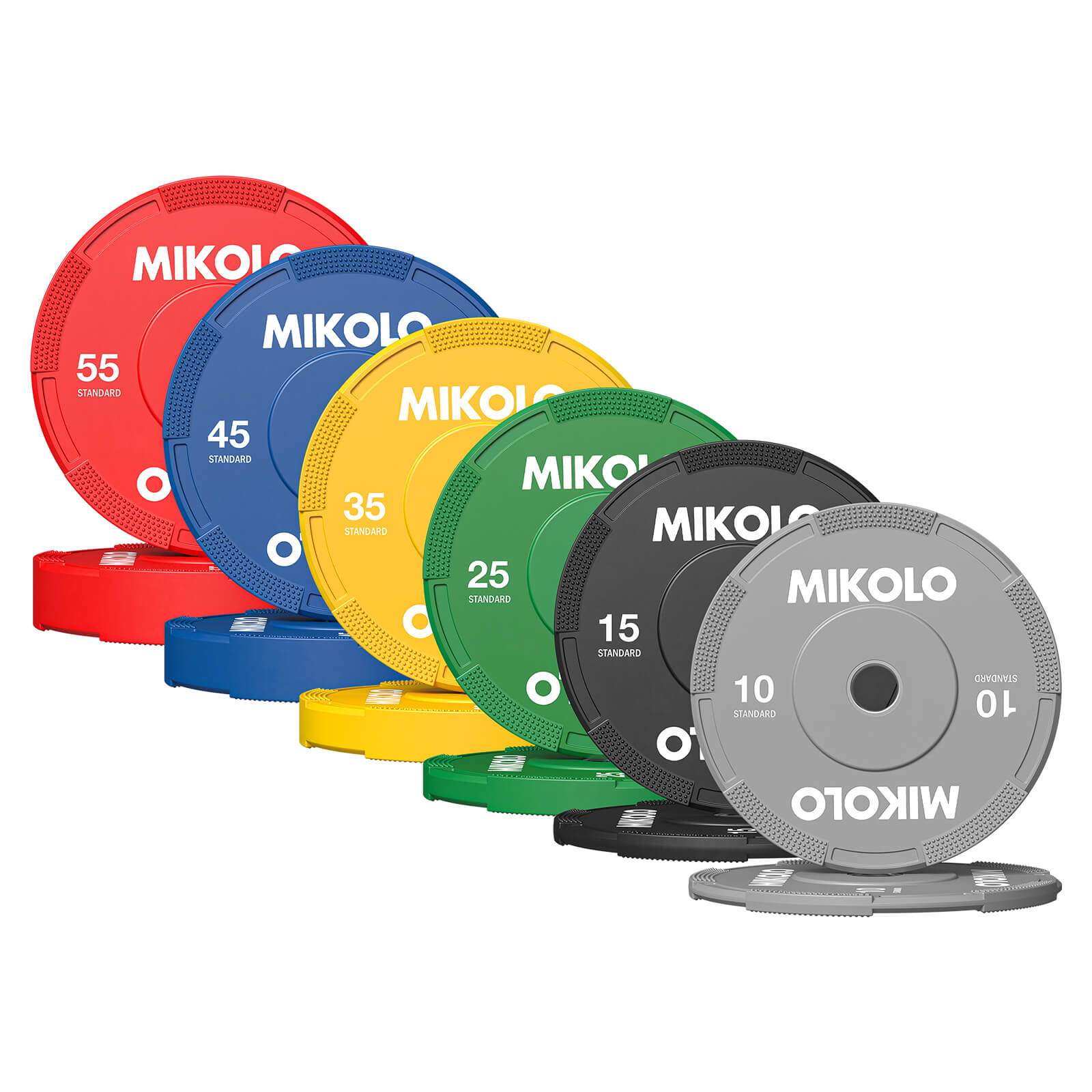
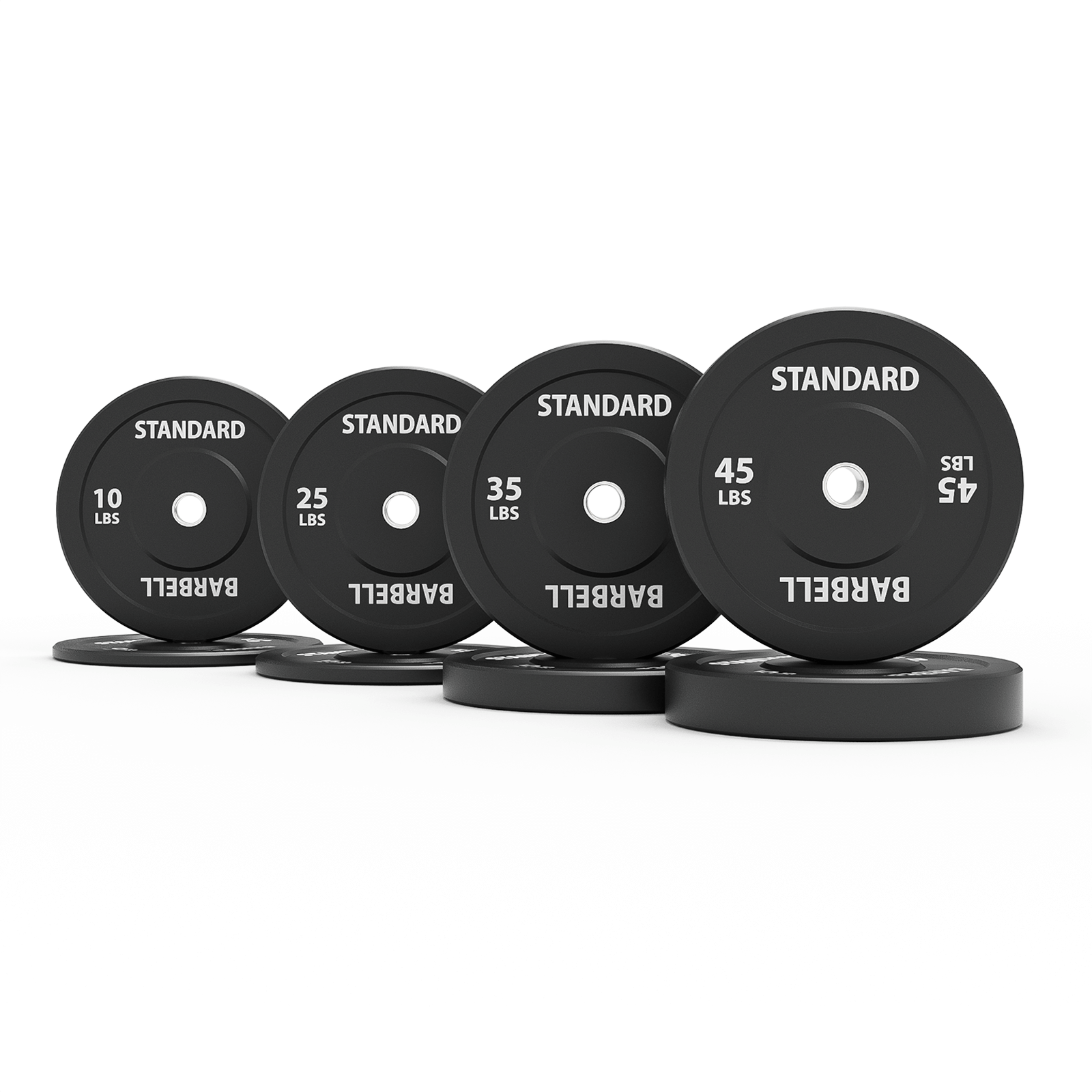
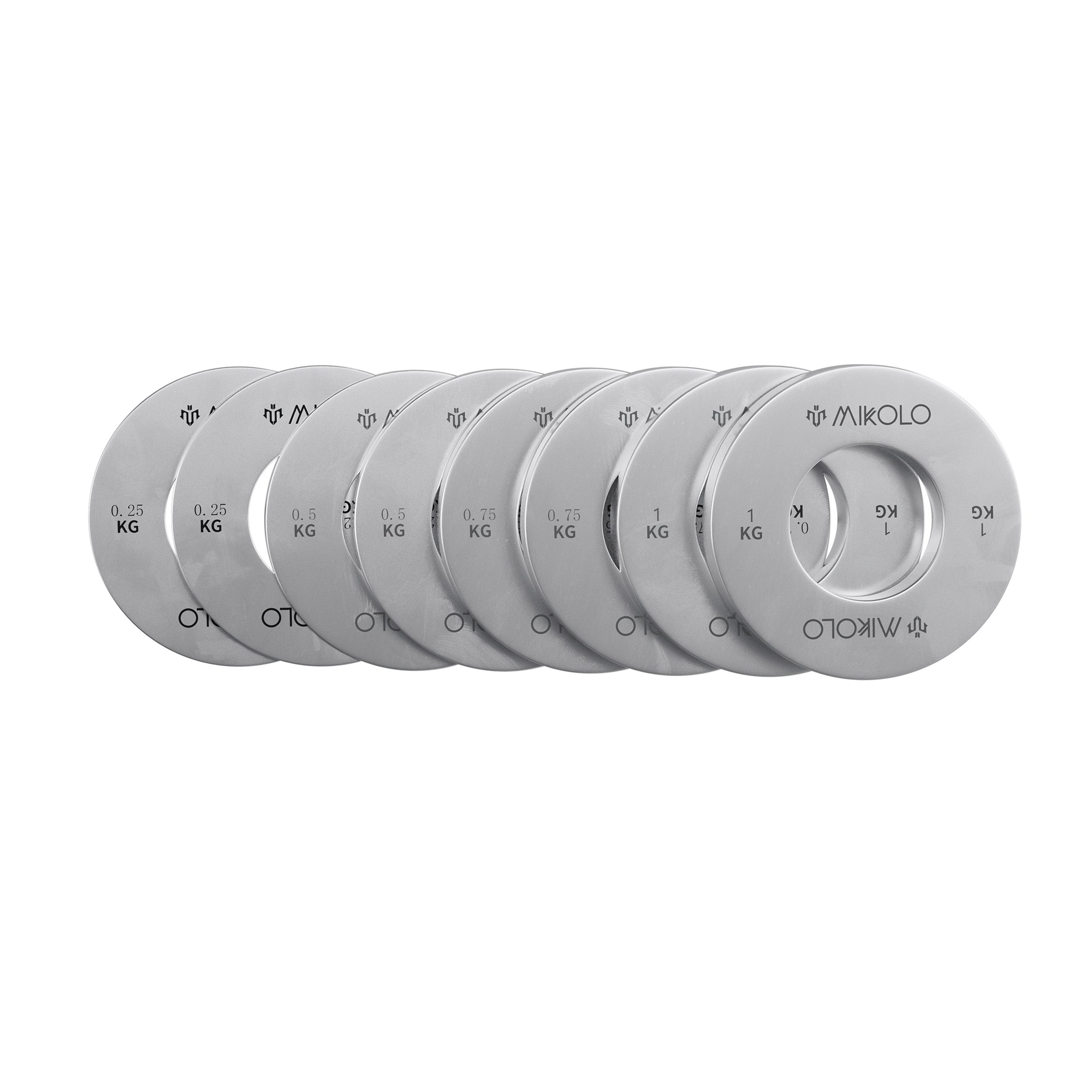

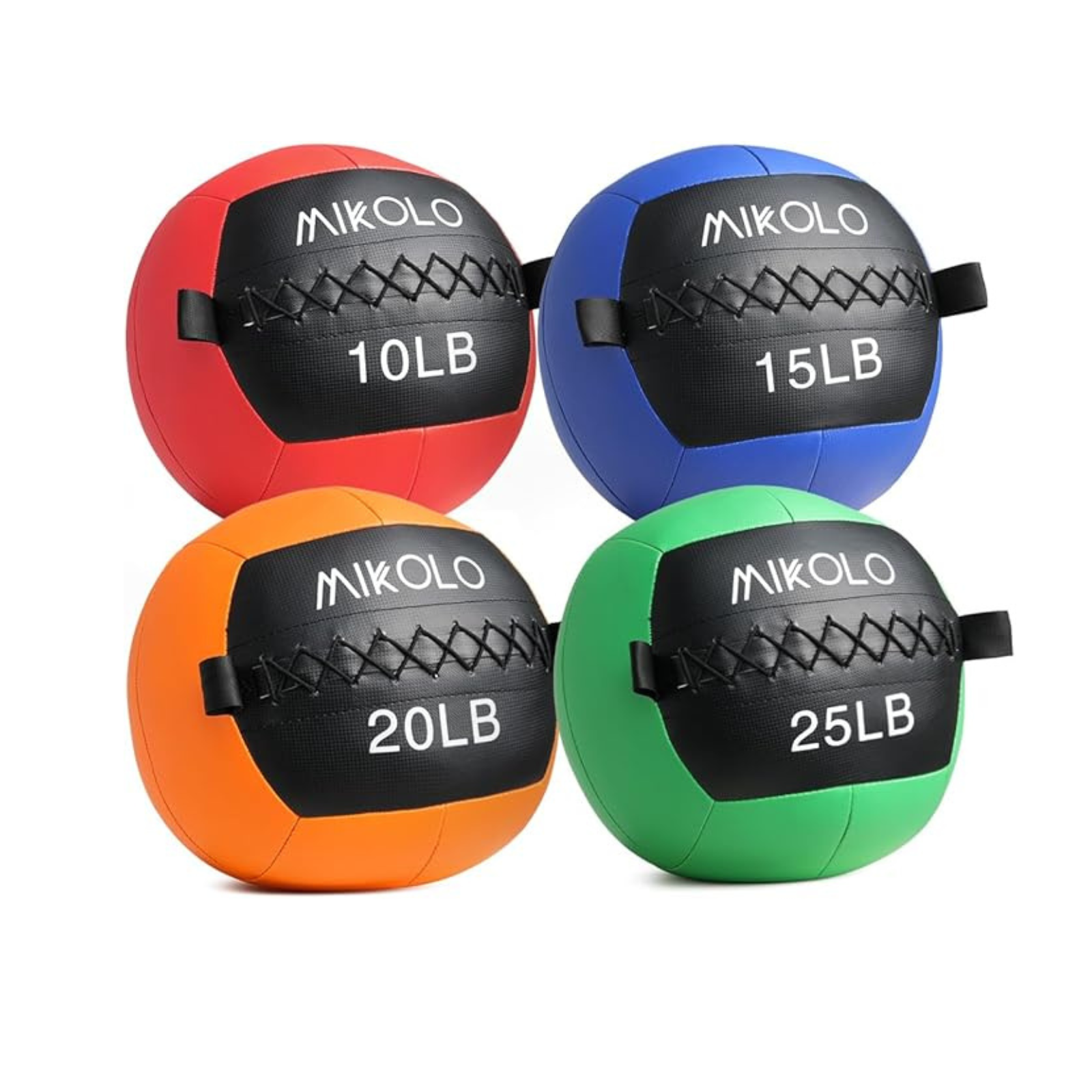
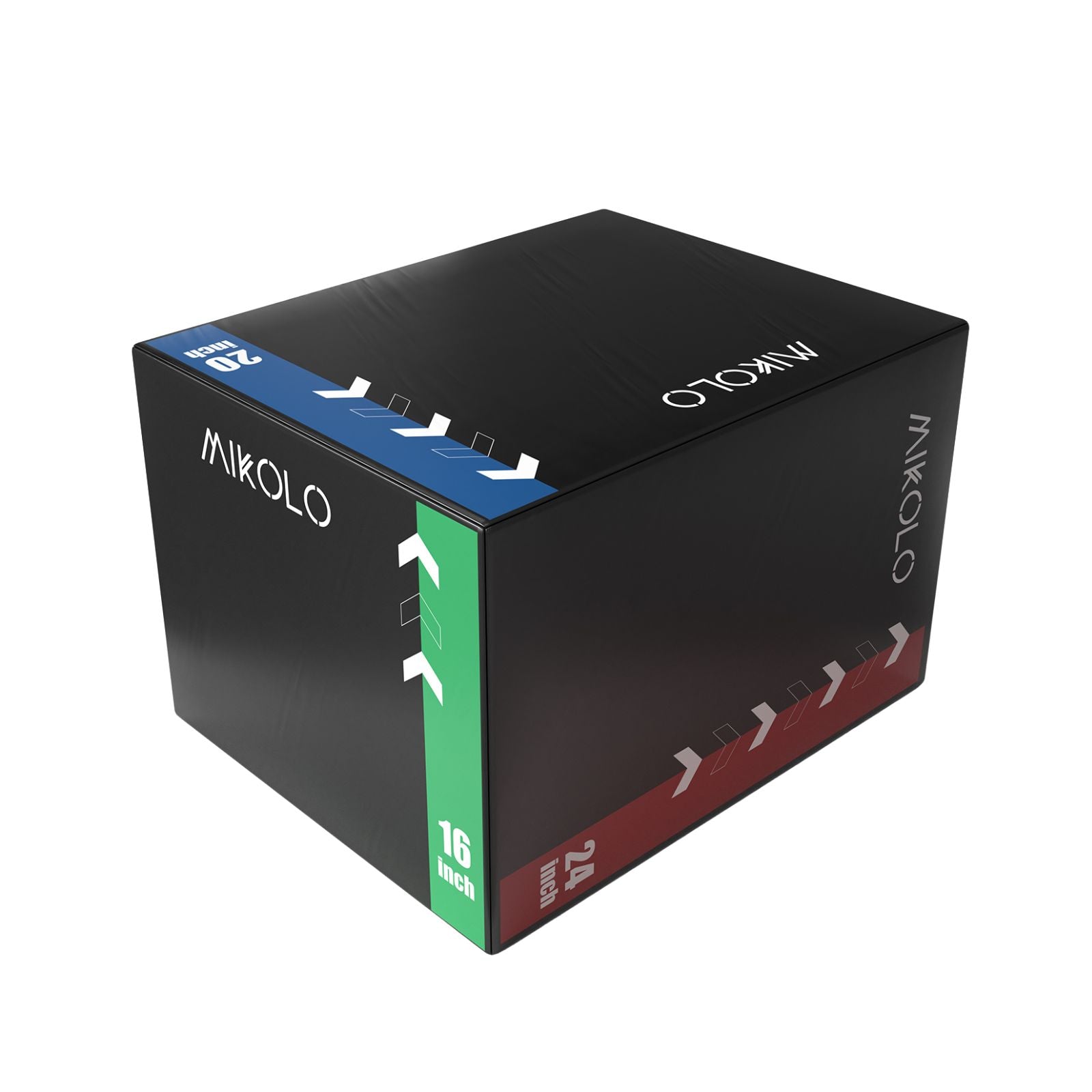
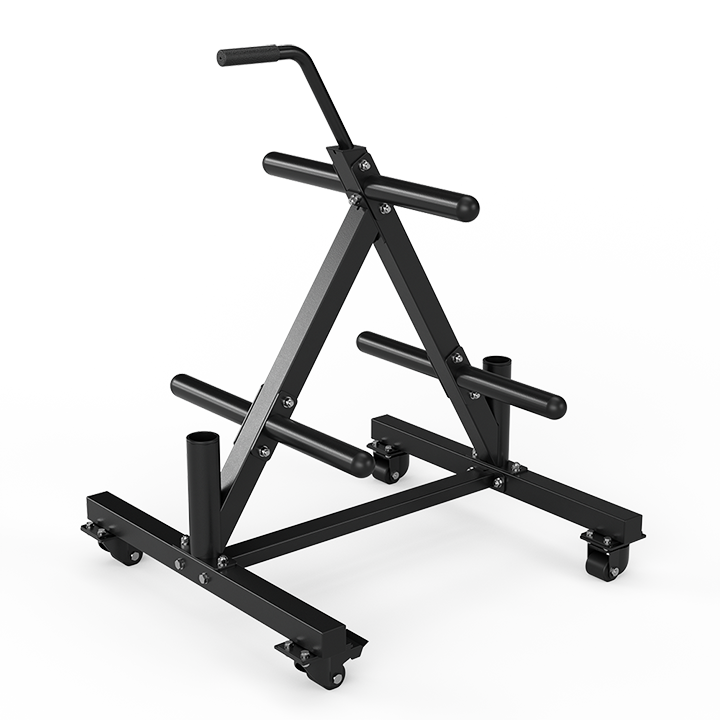
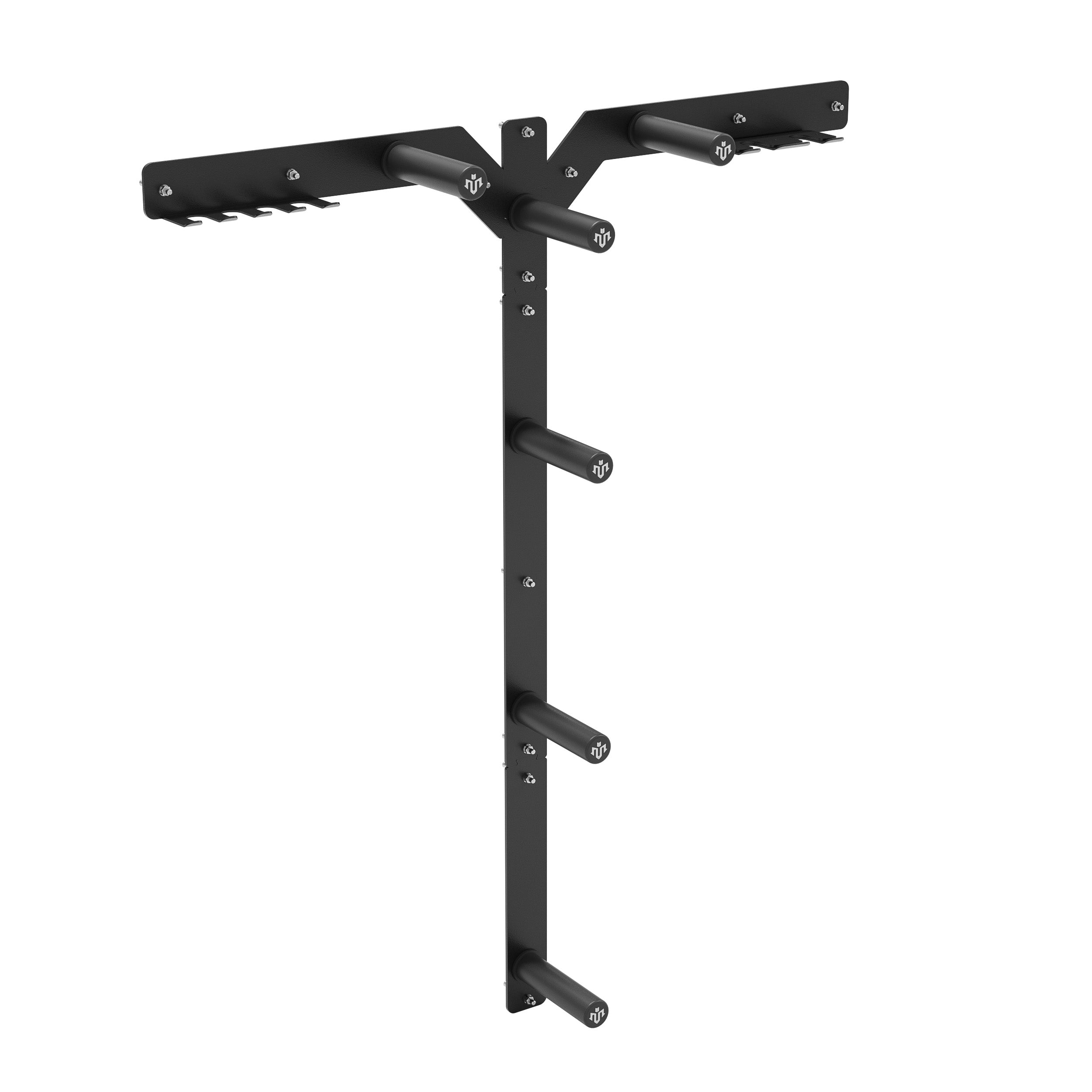
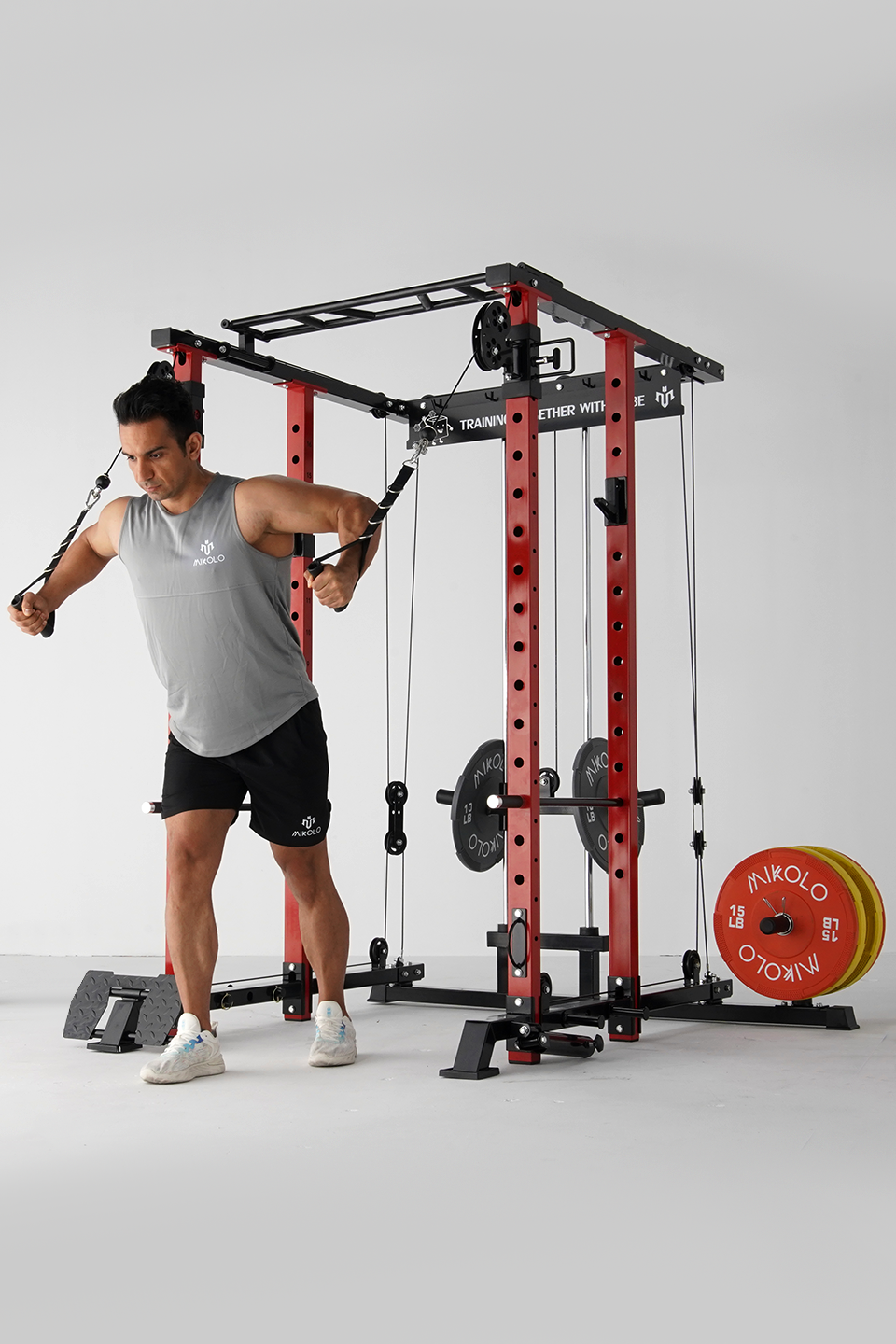



Leave a comment
This site is protected by hCaptcha and the hCaptcha Privacy Policy and Terms of Service apply.